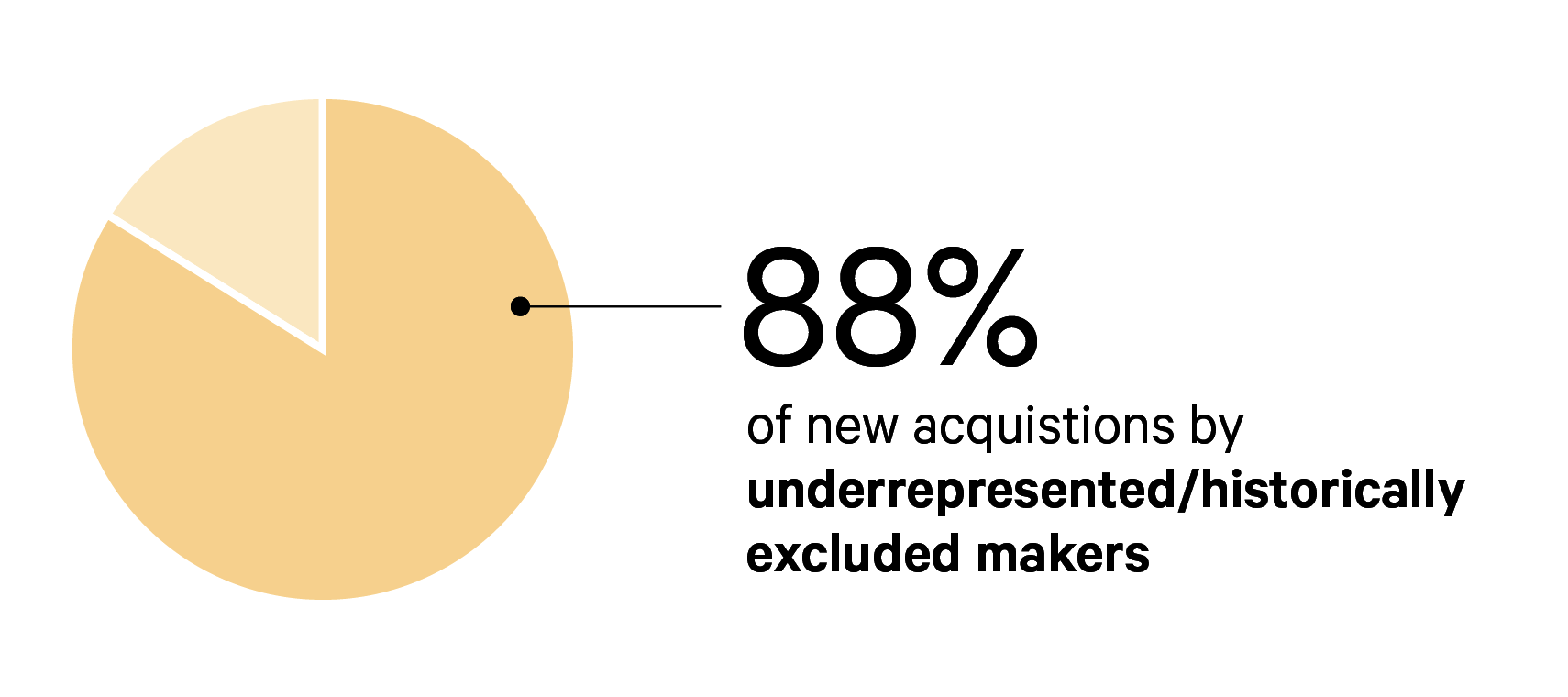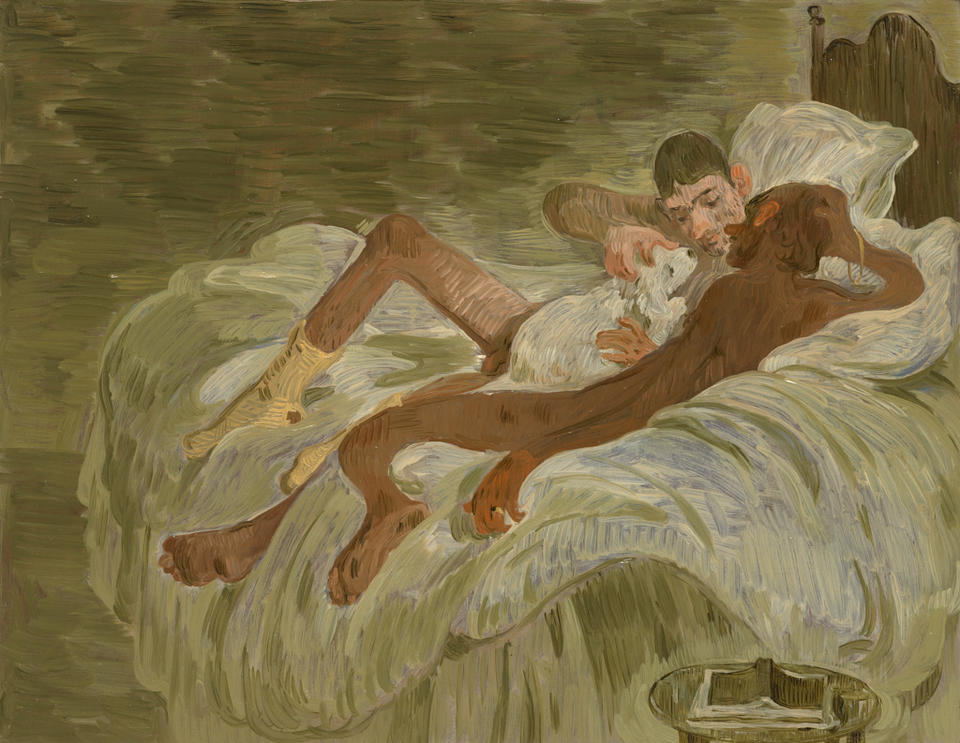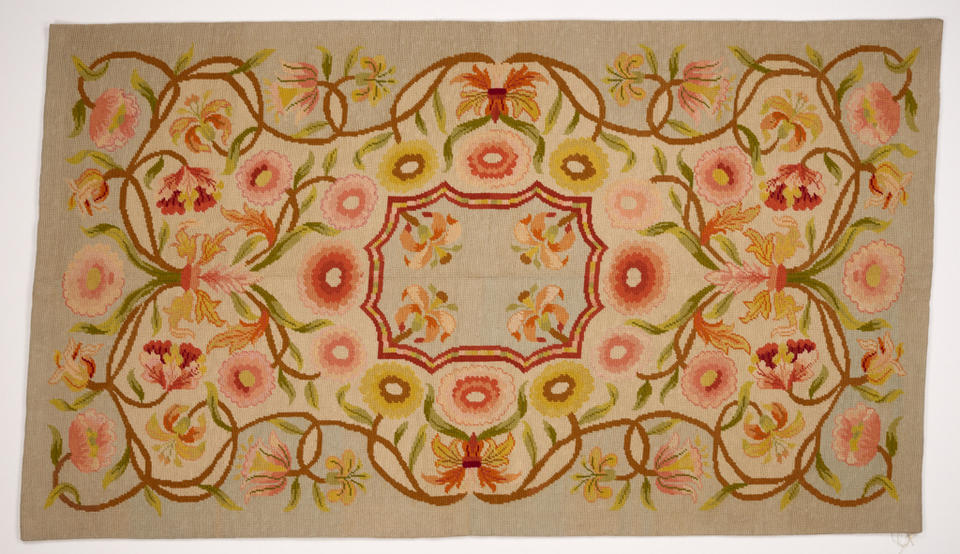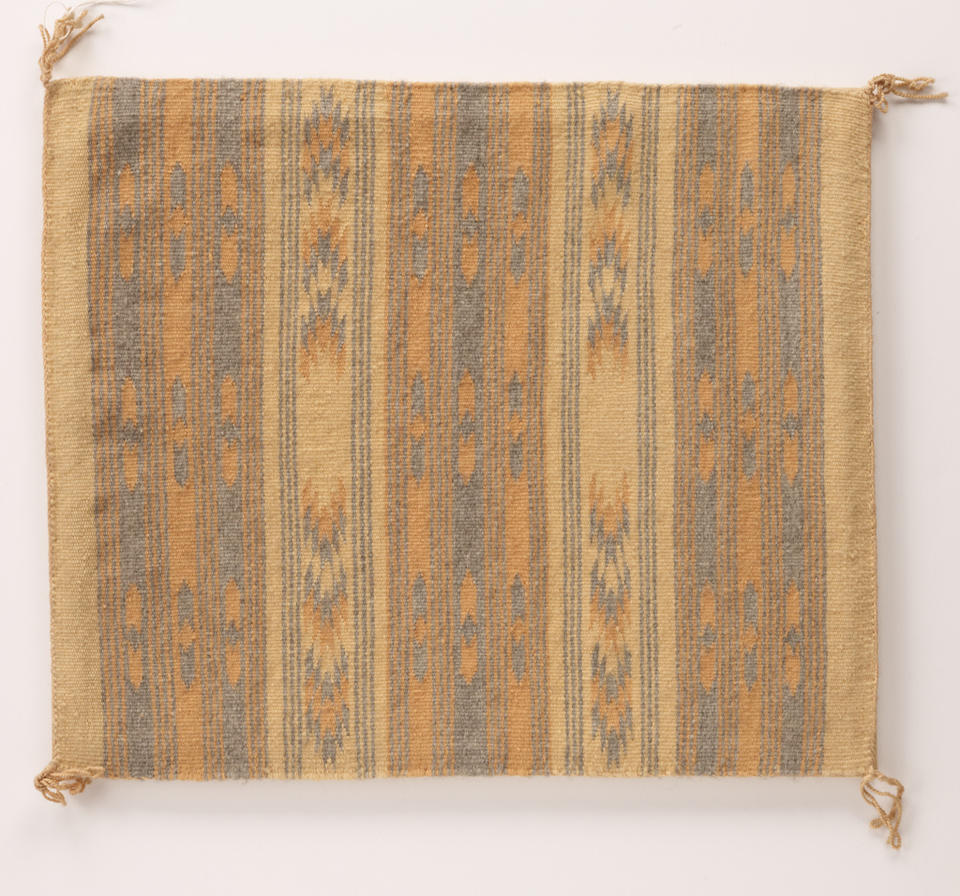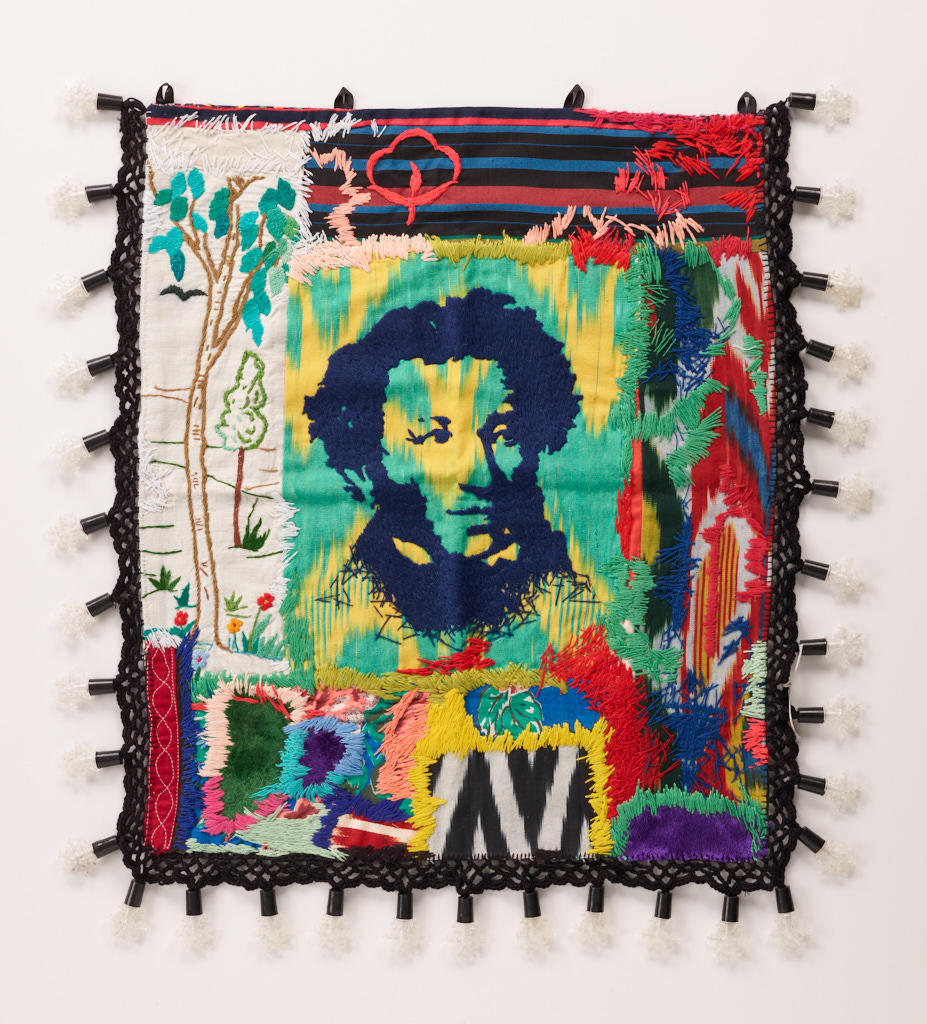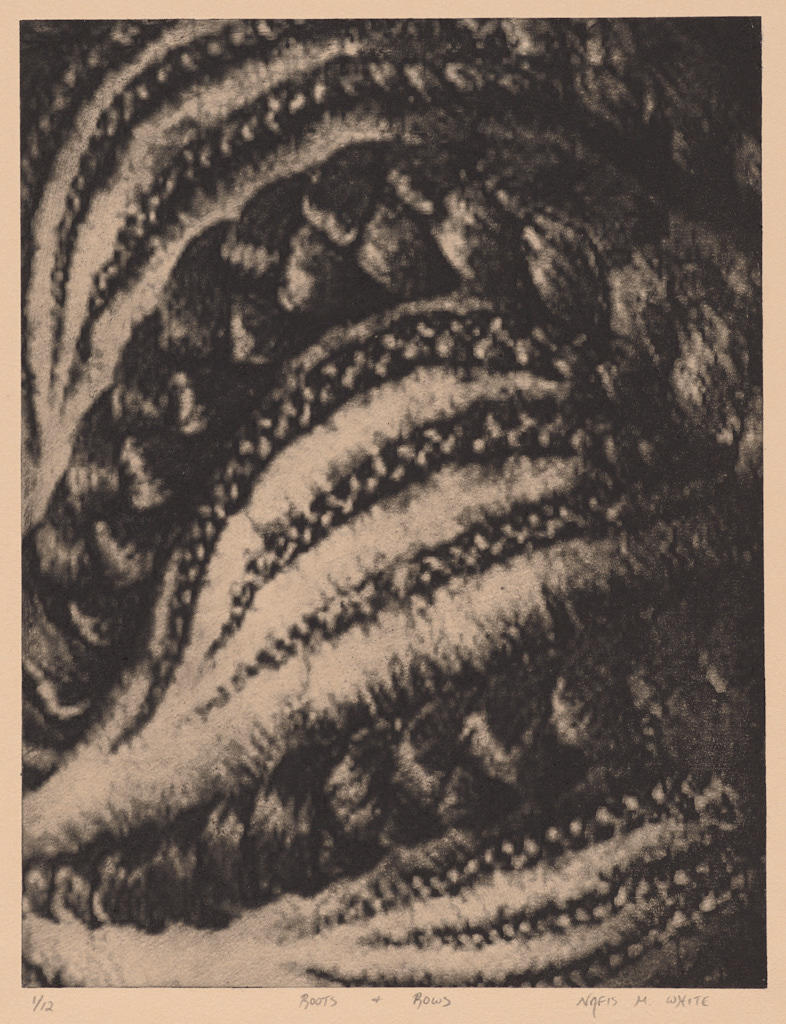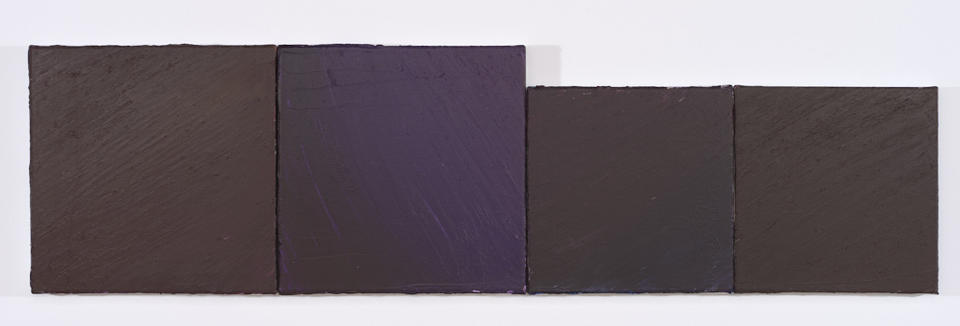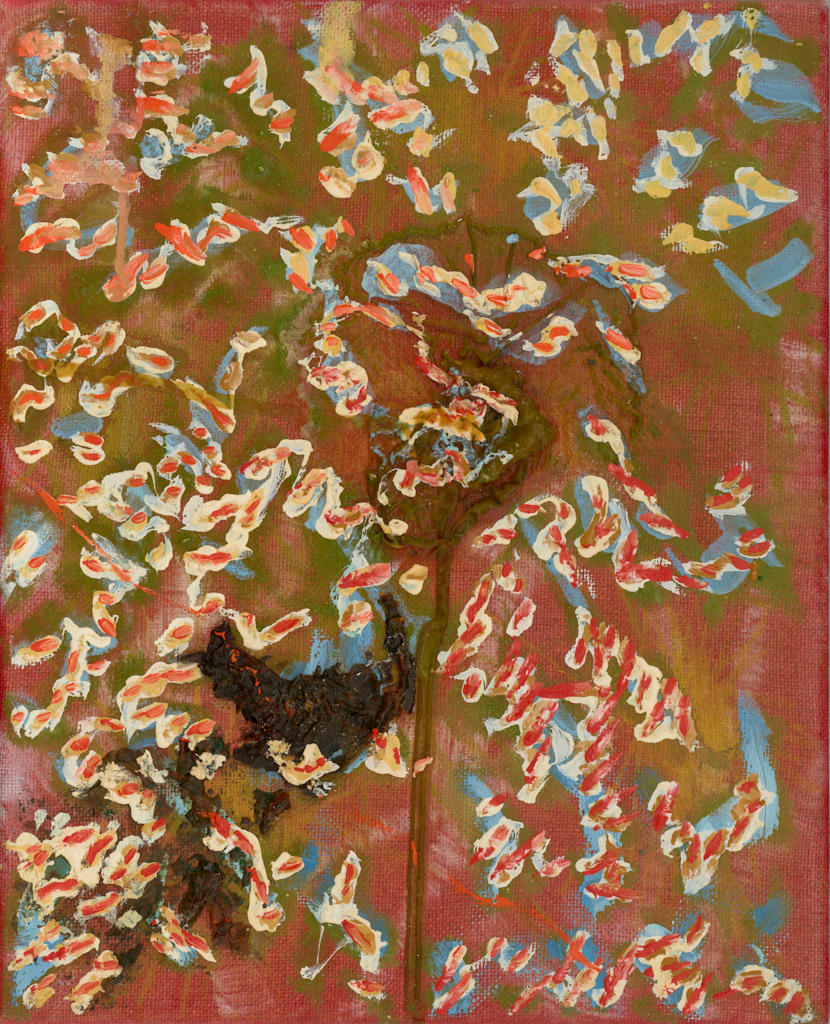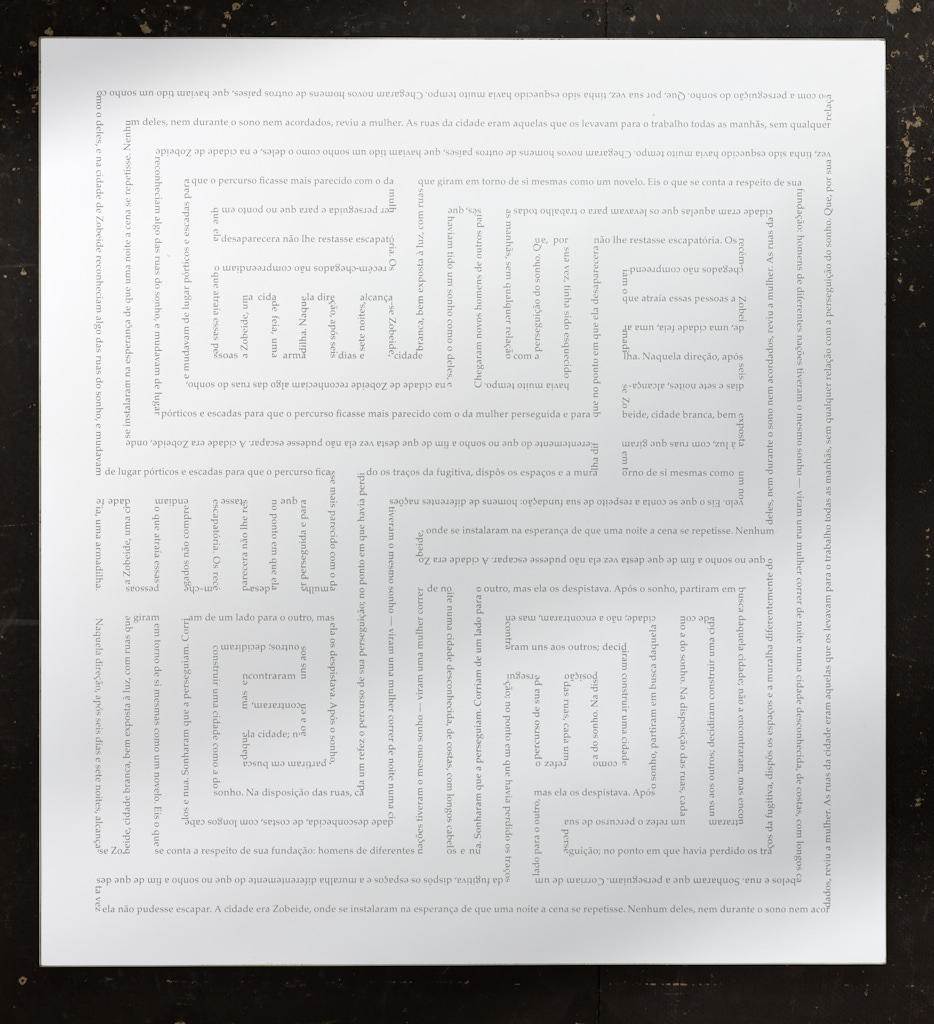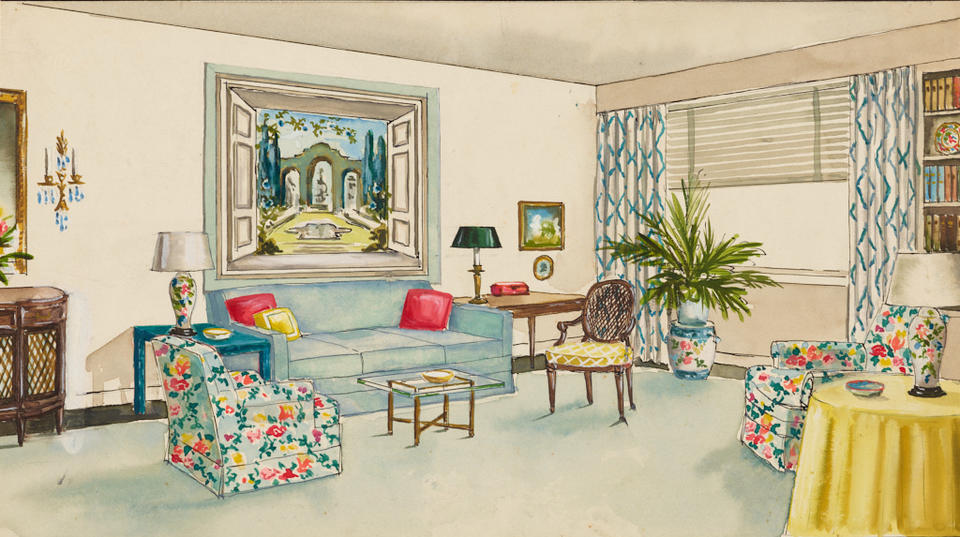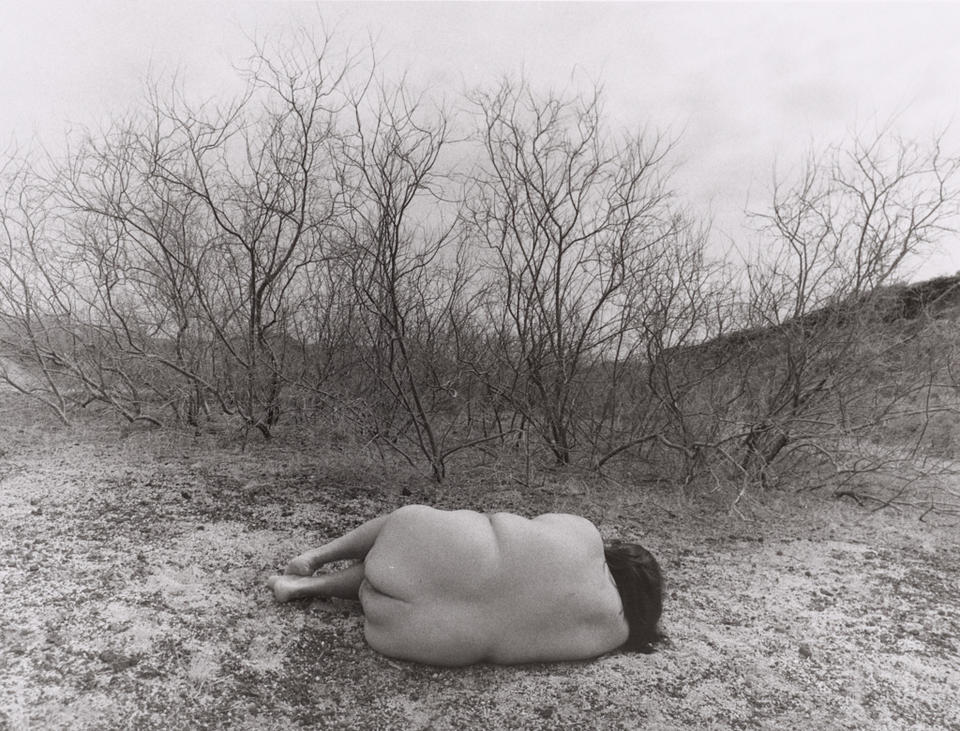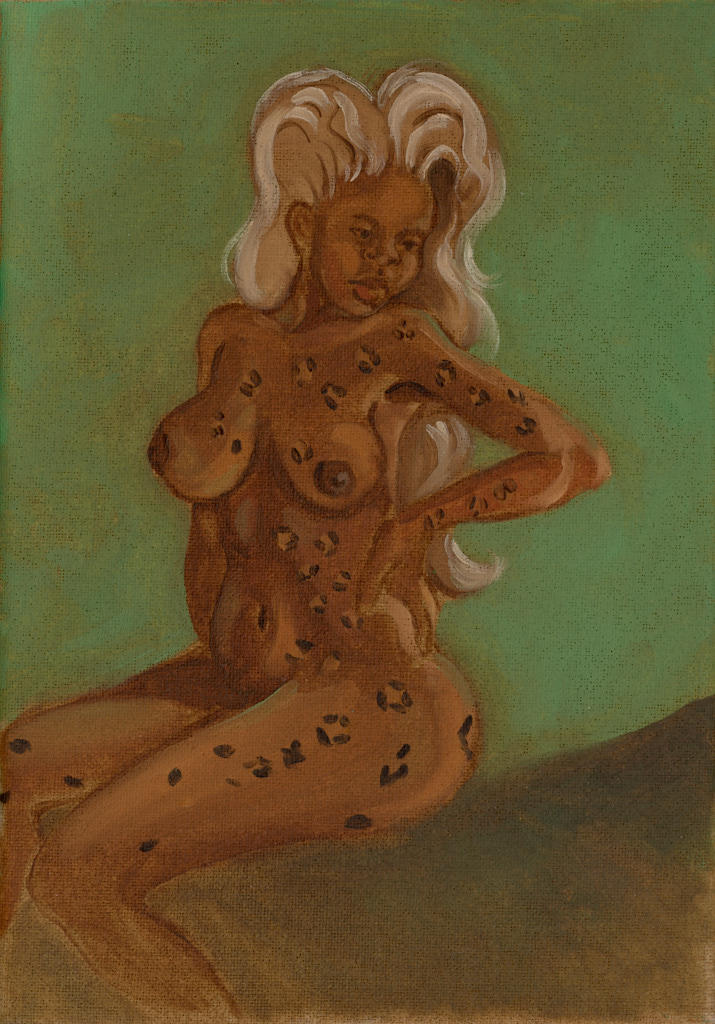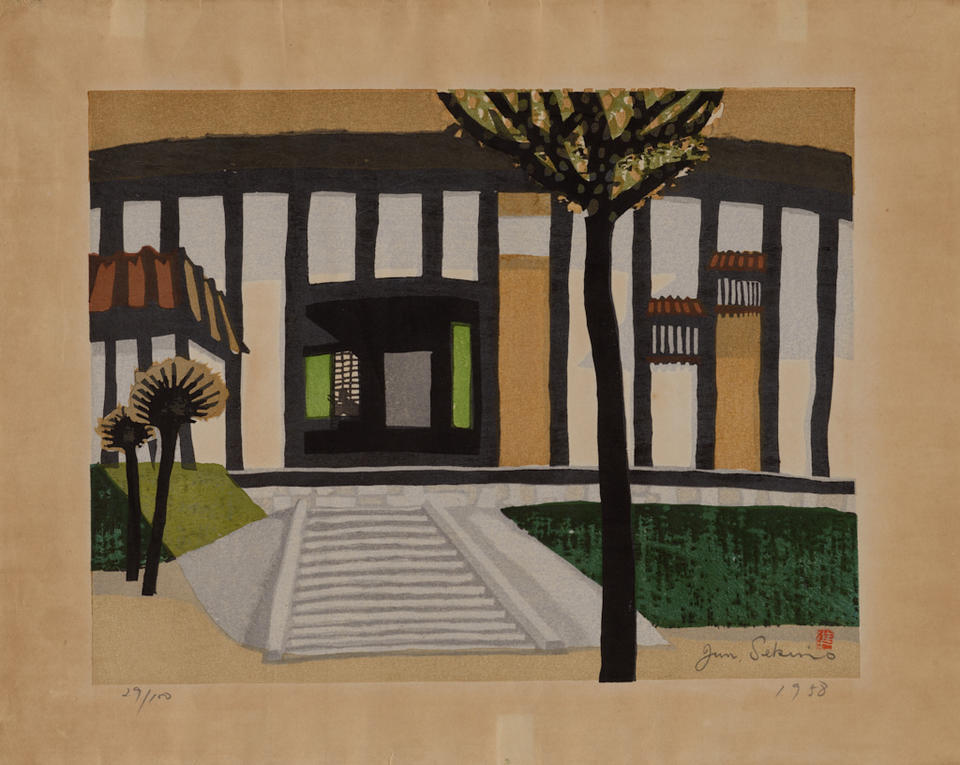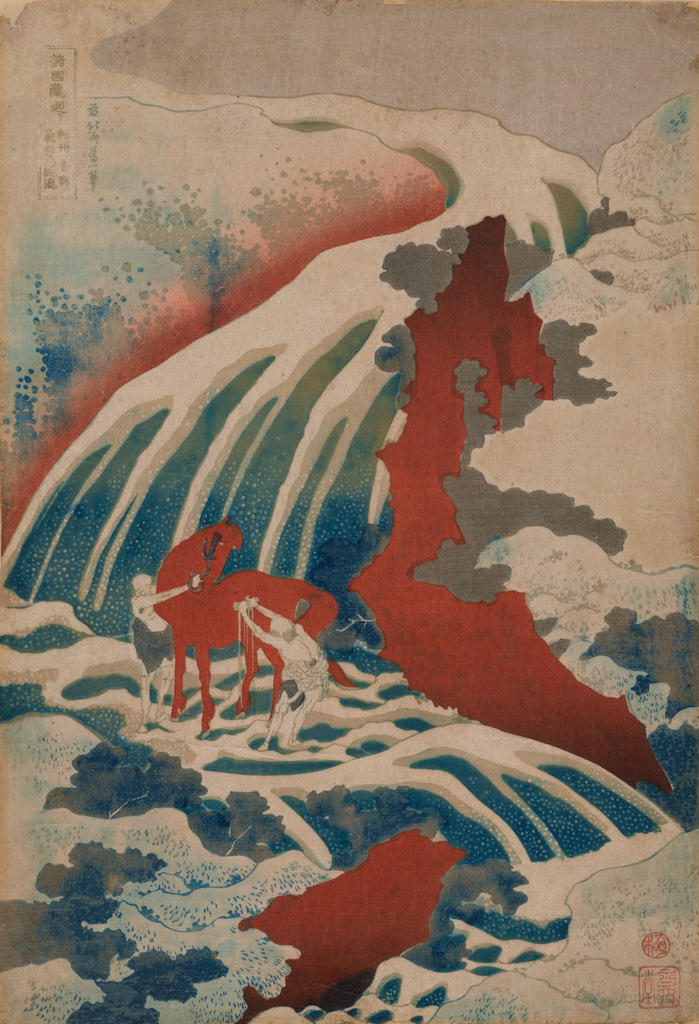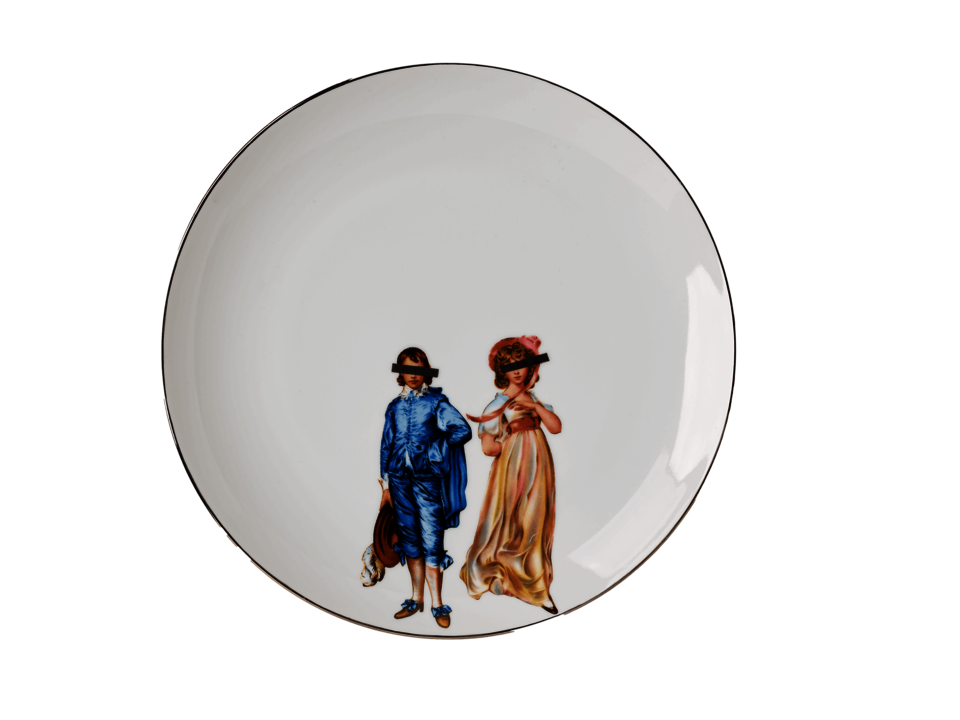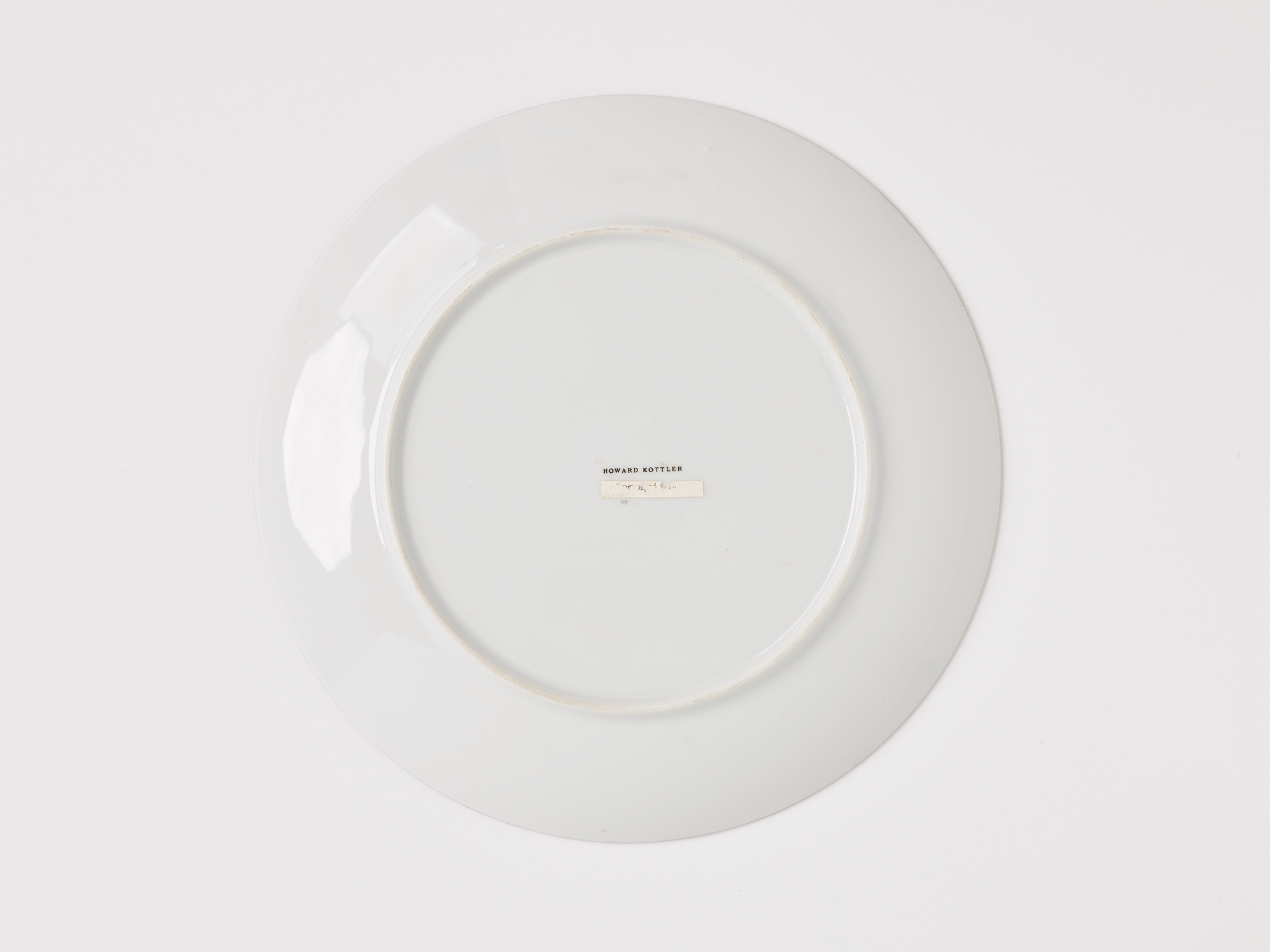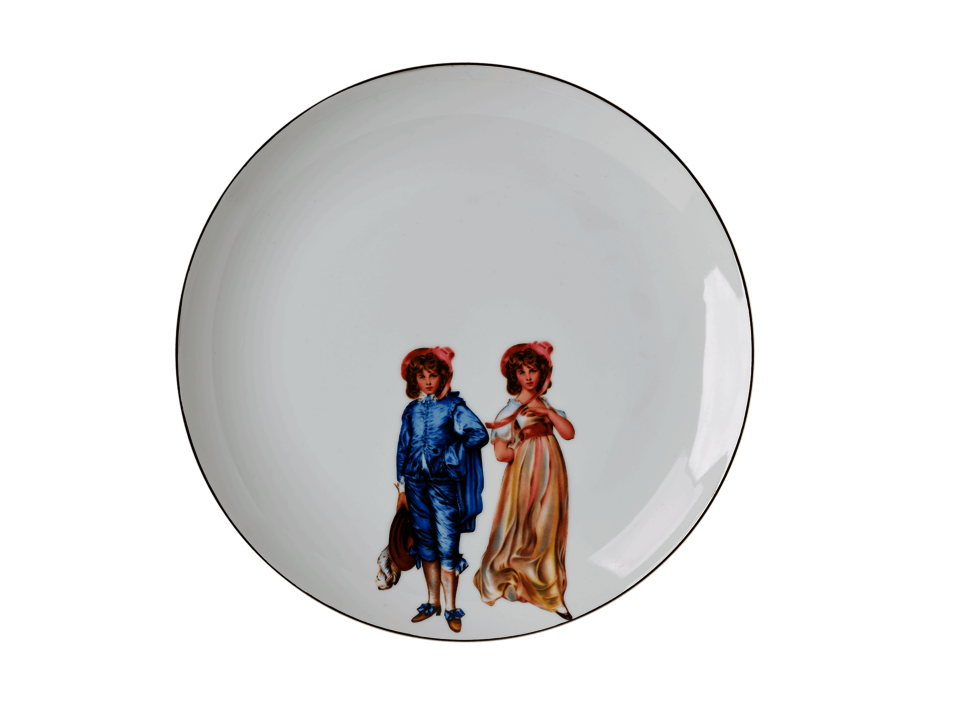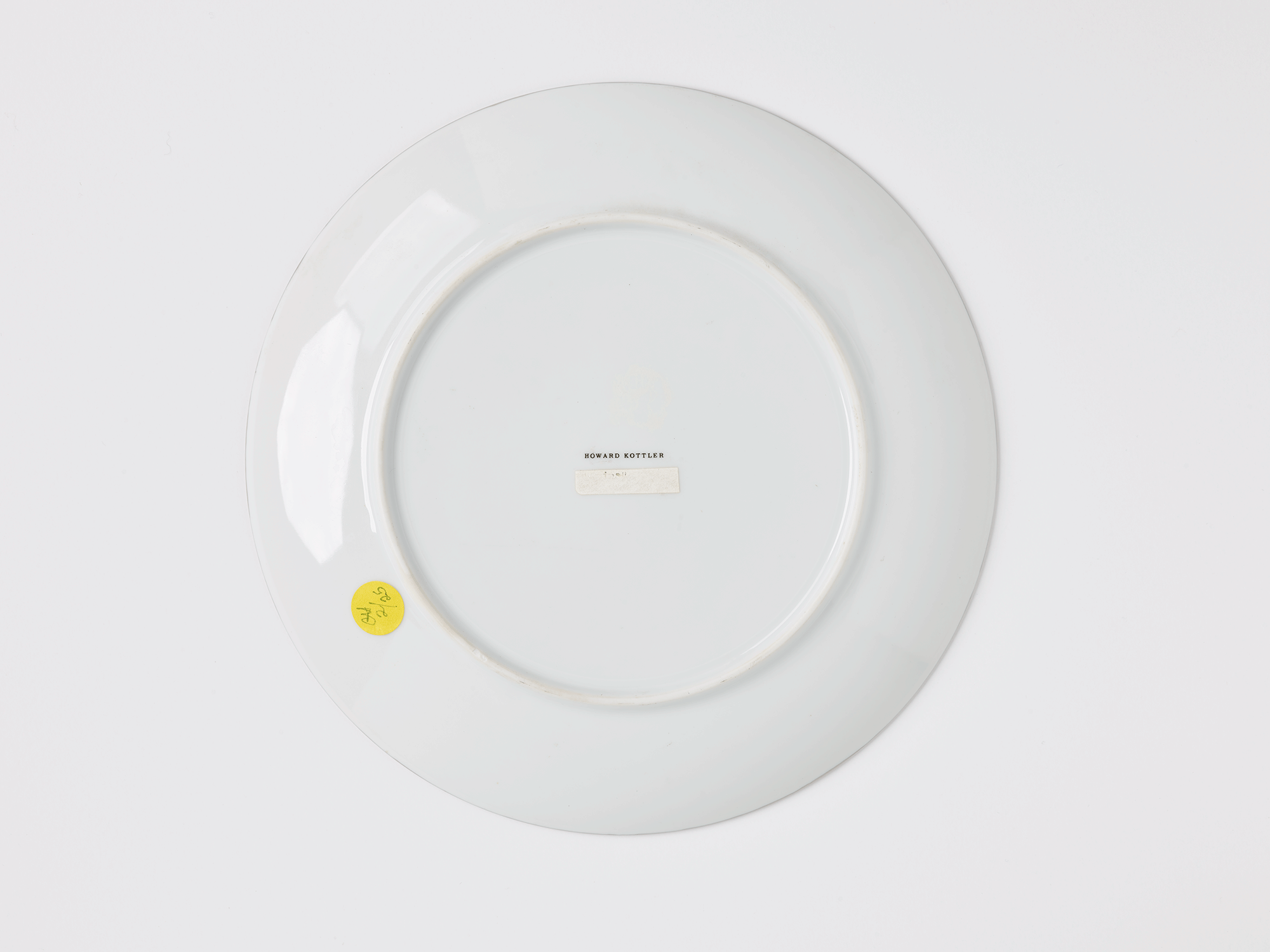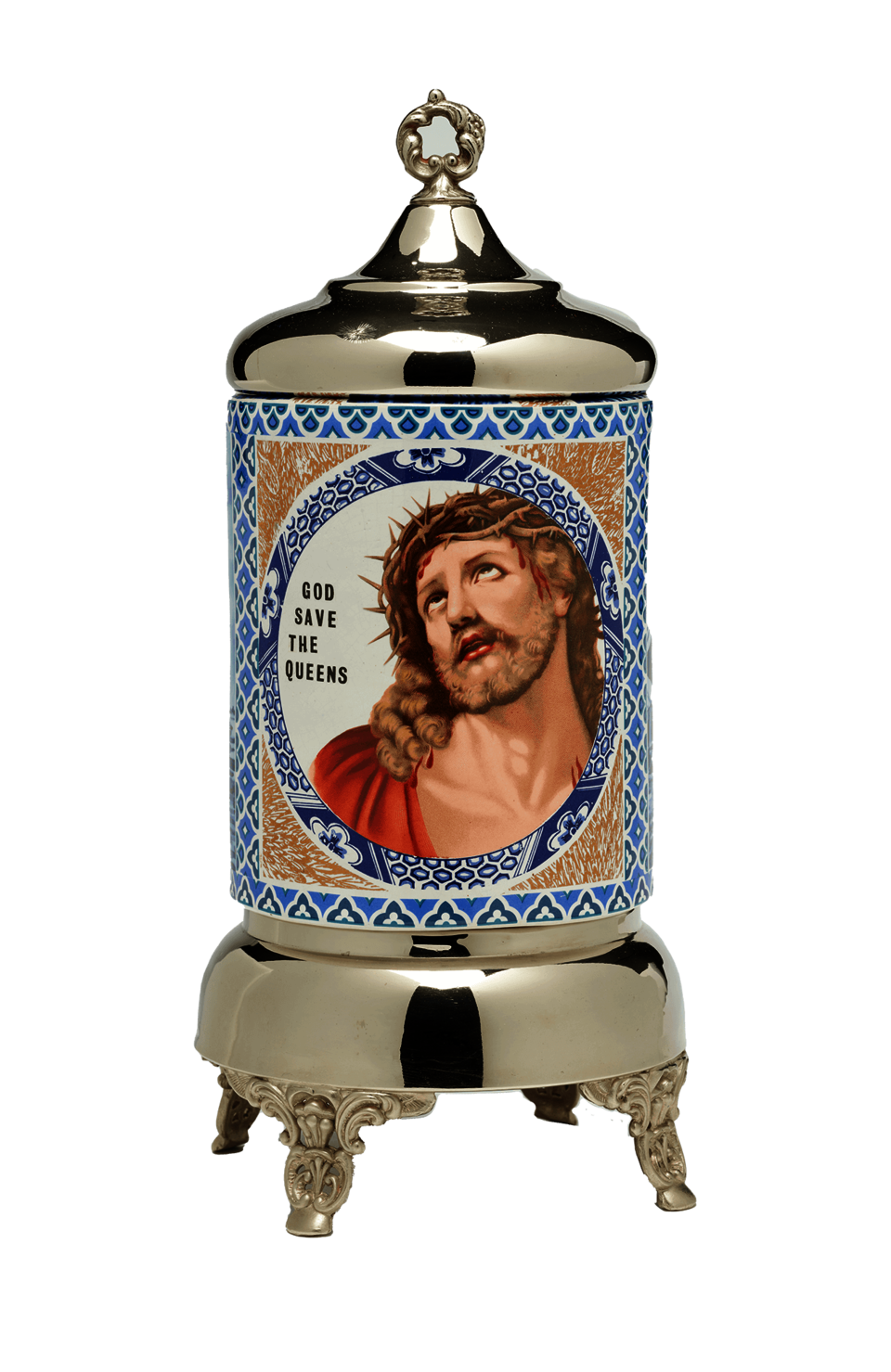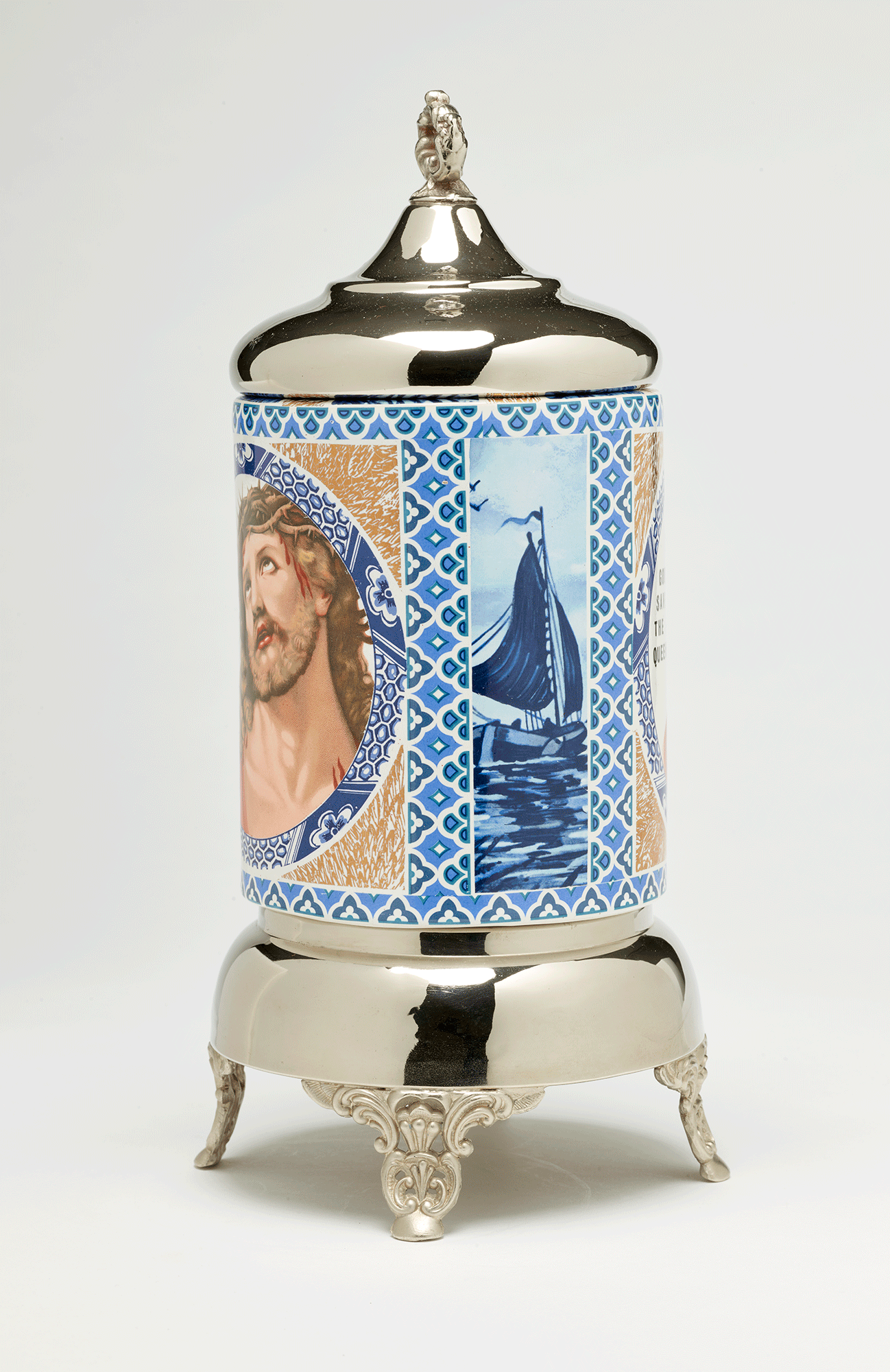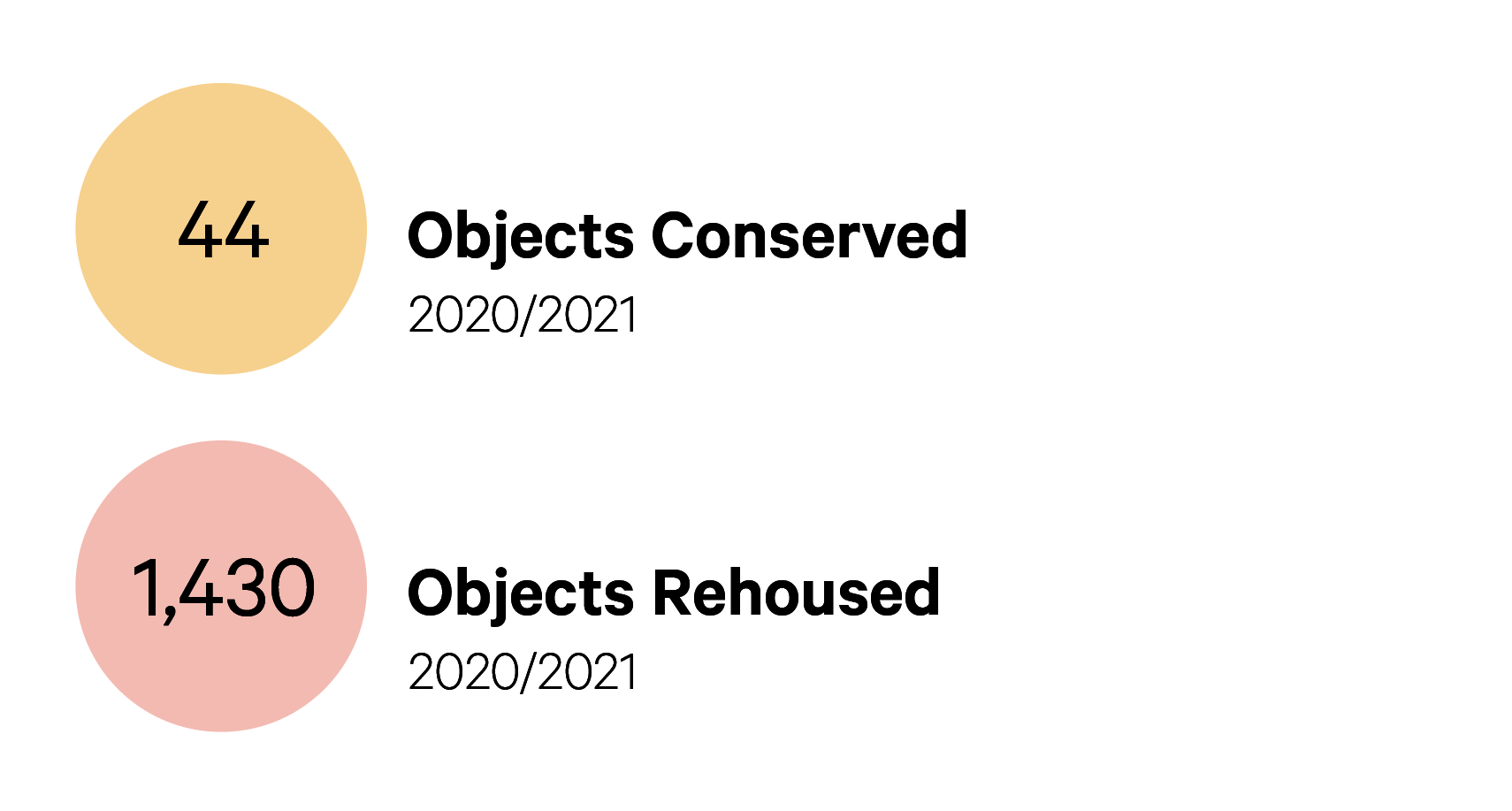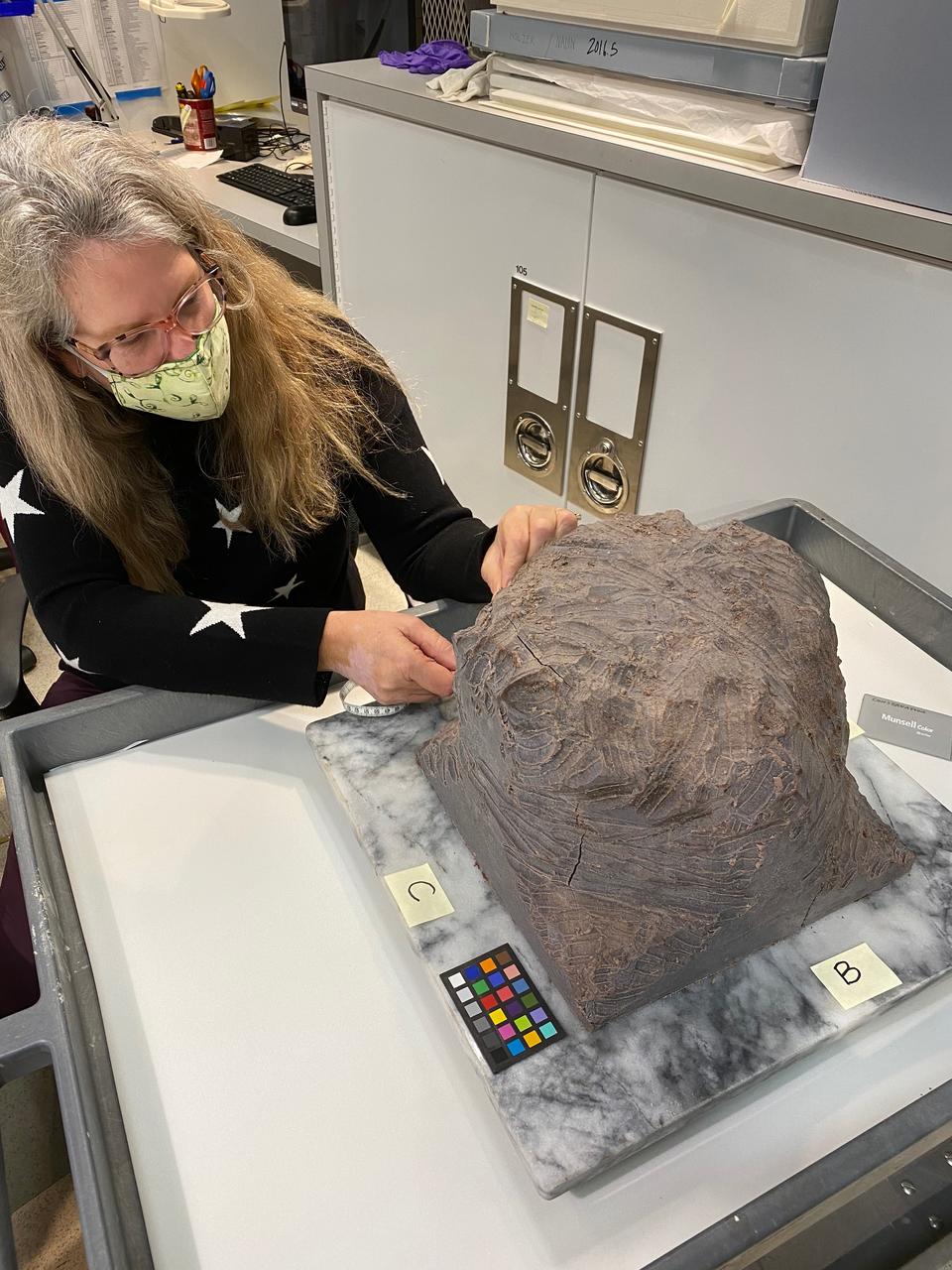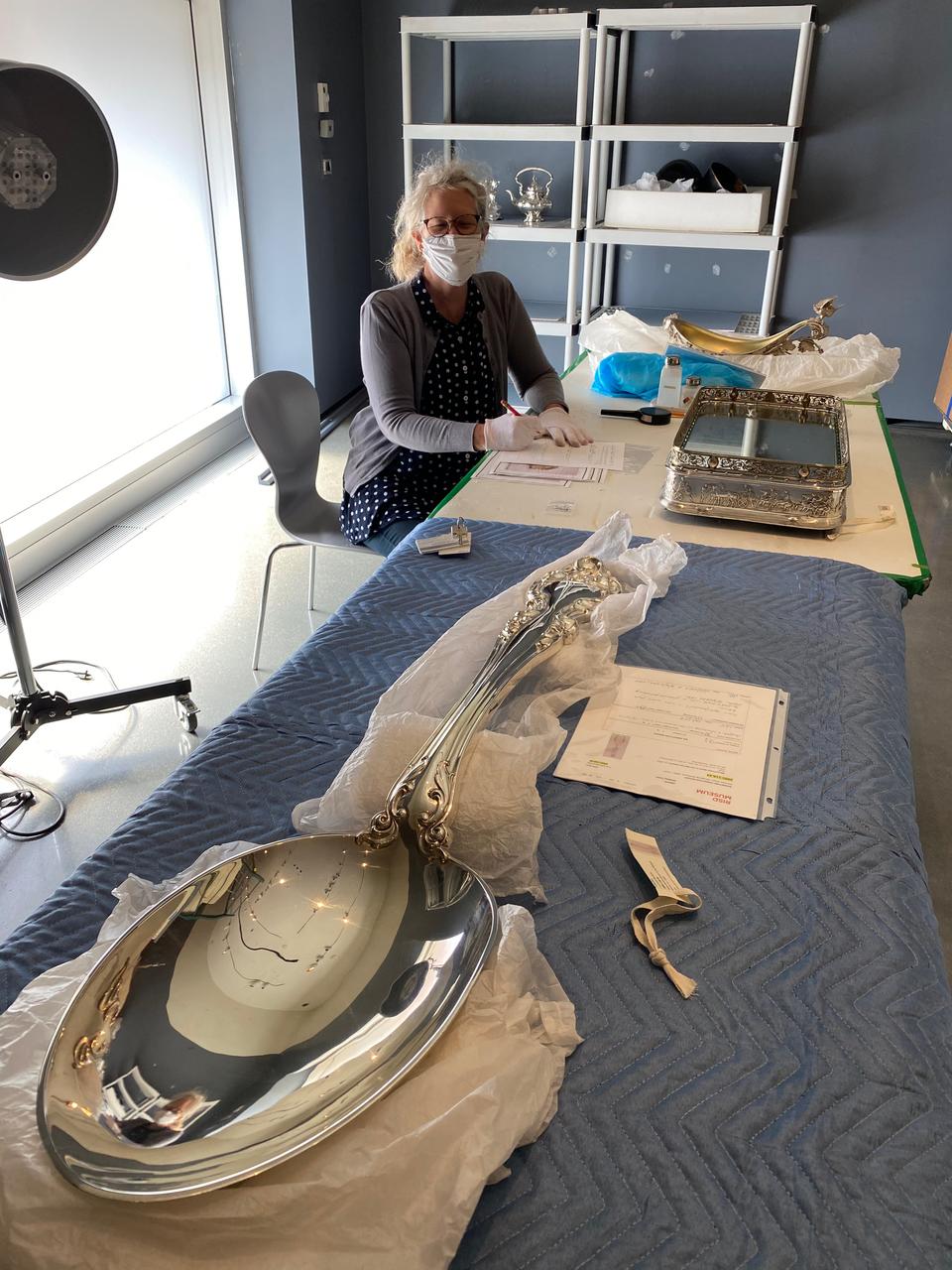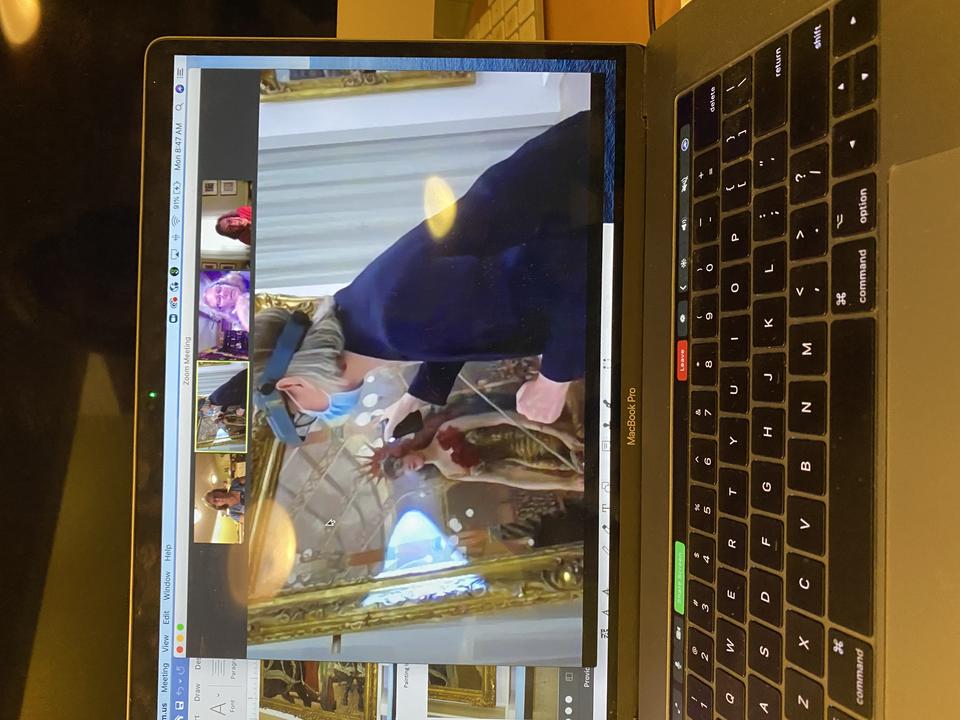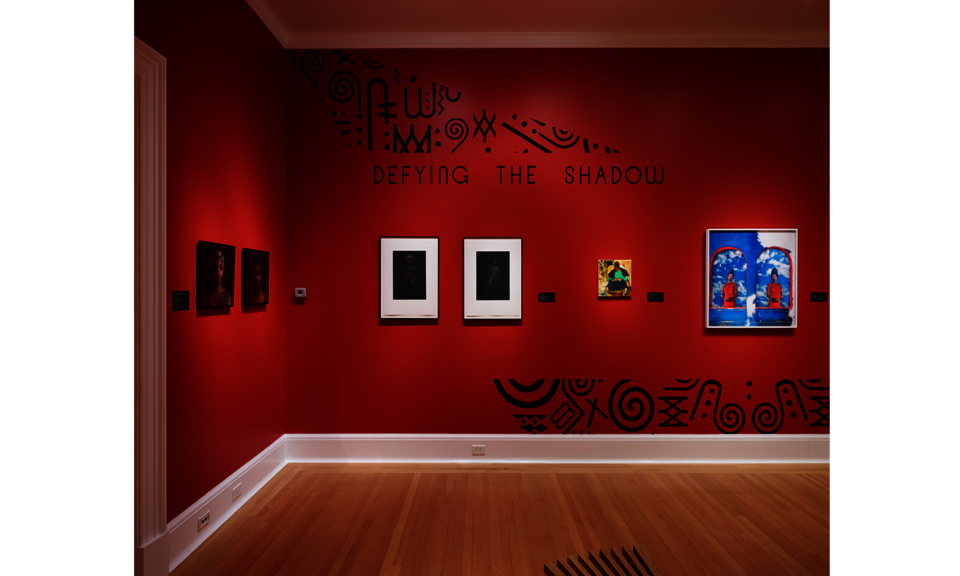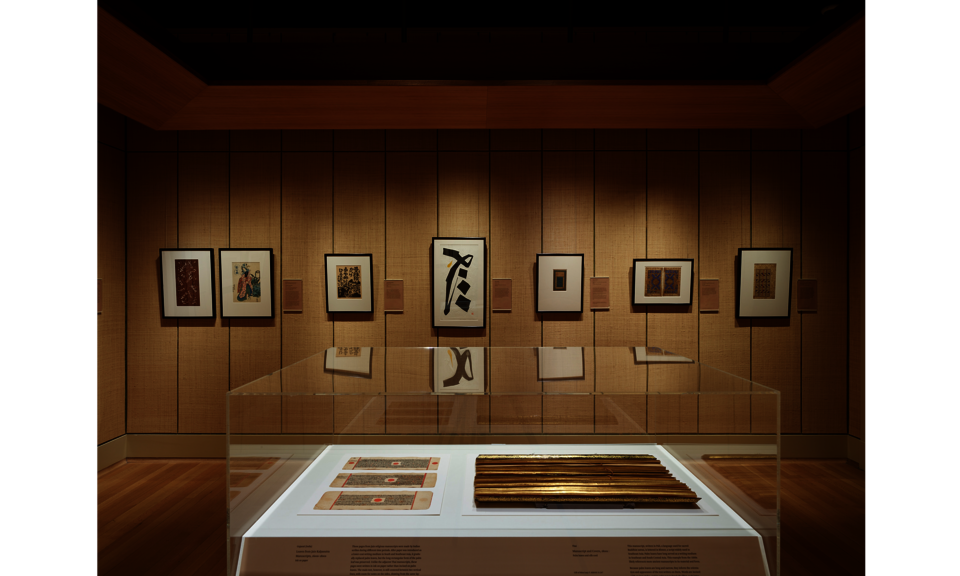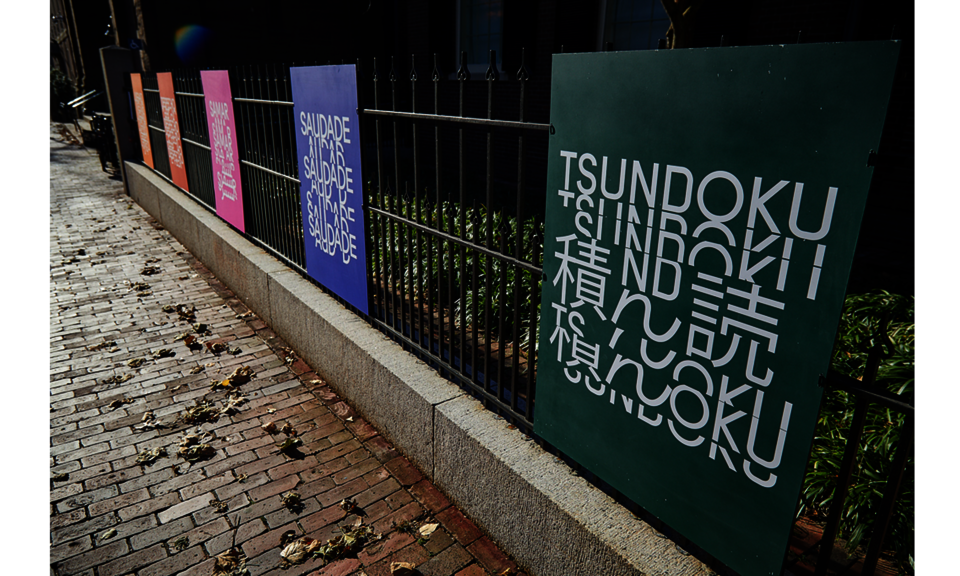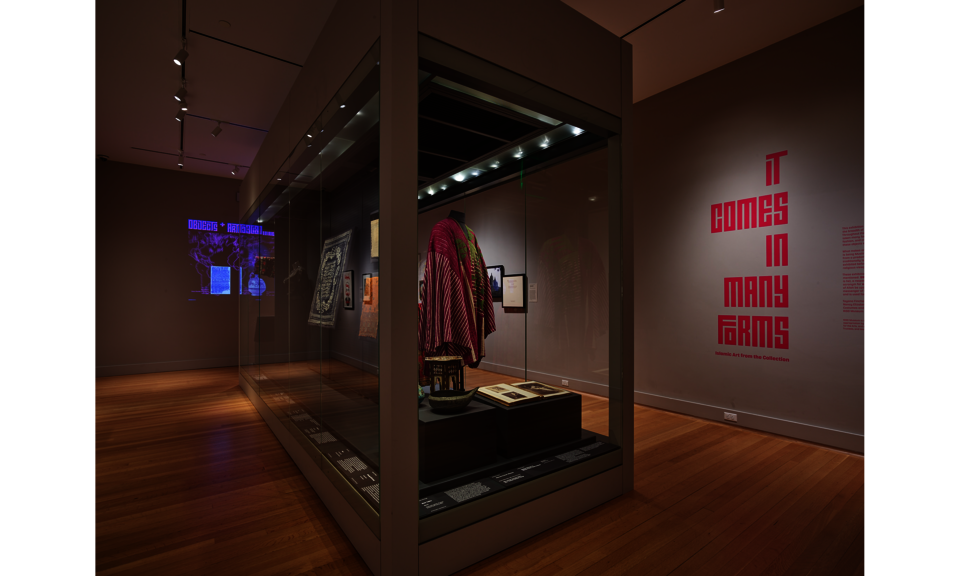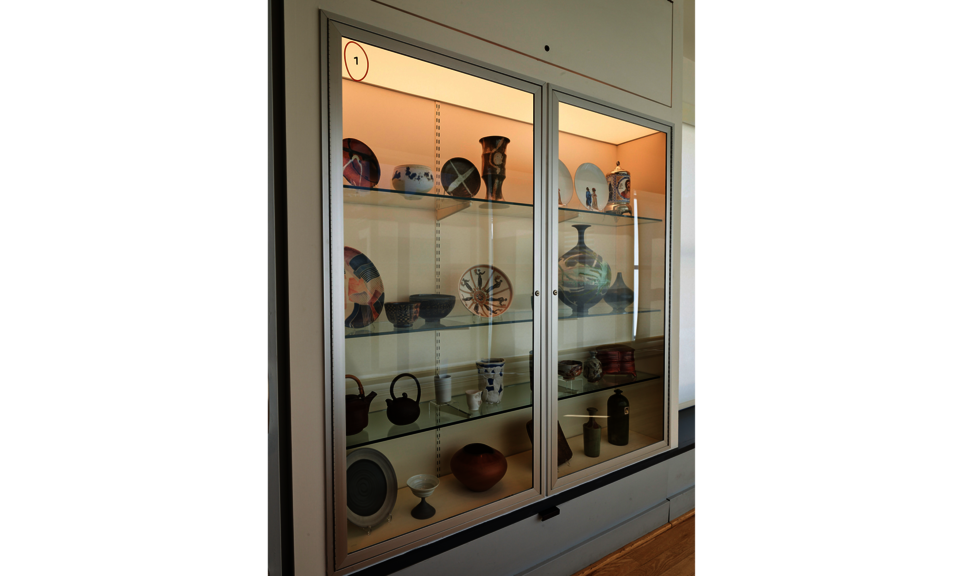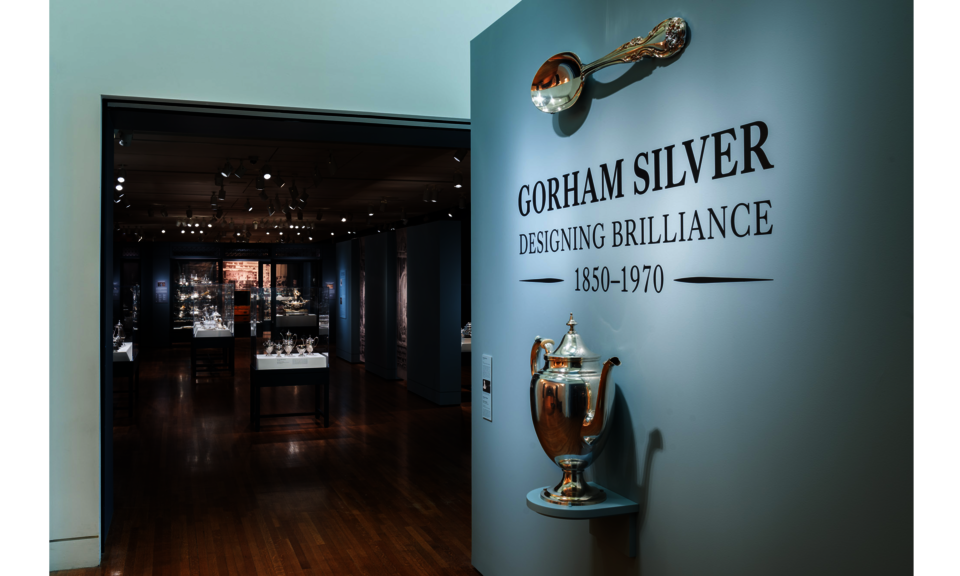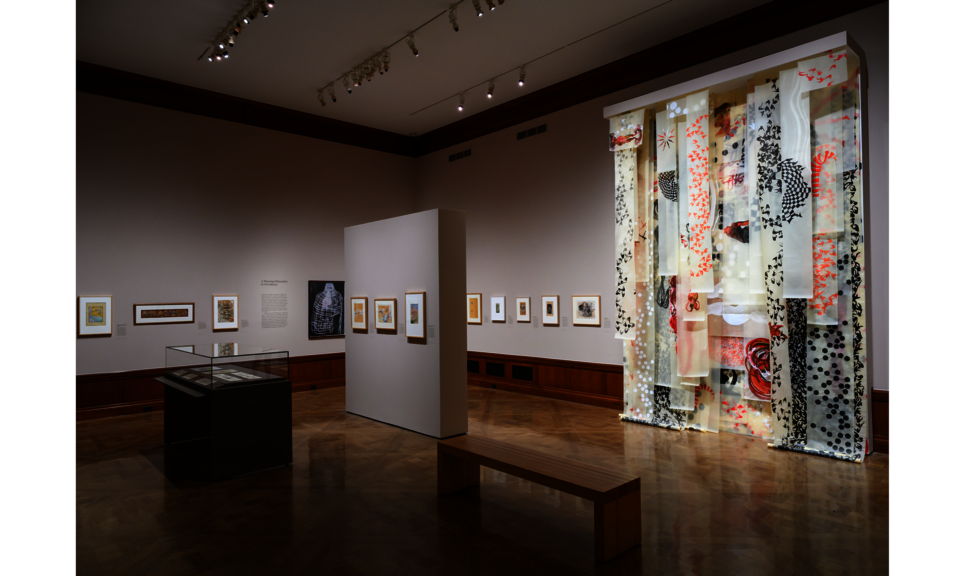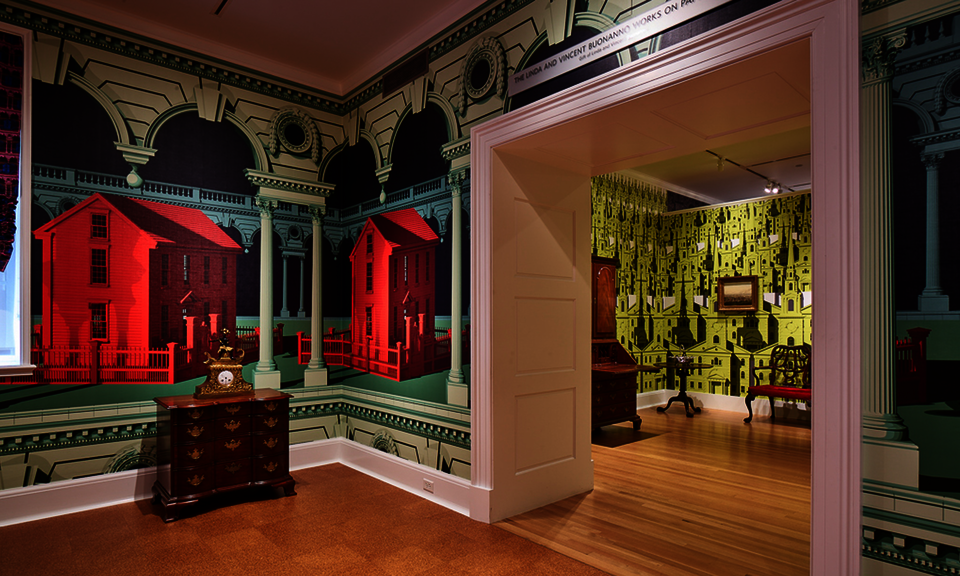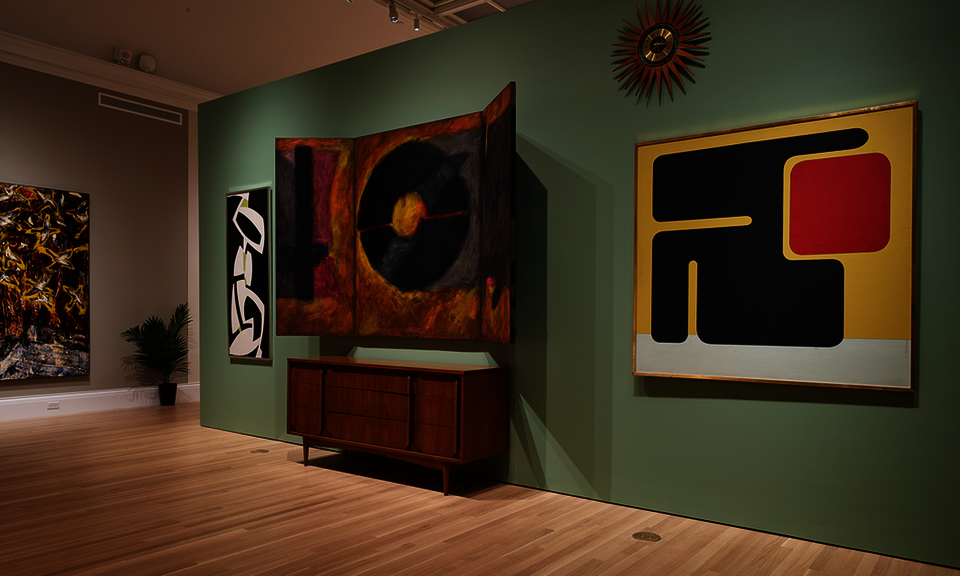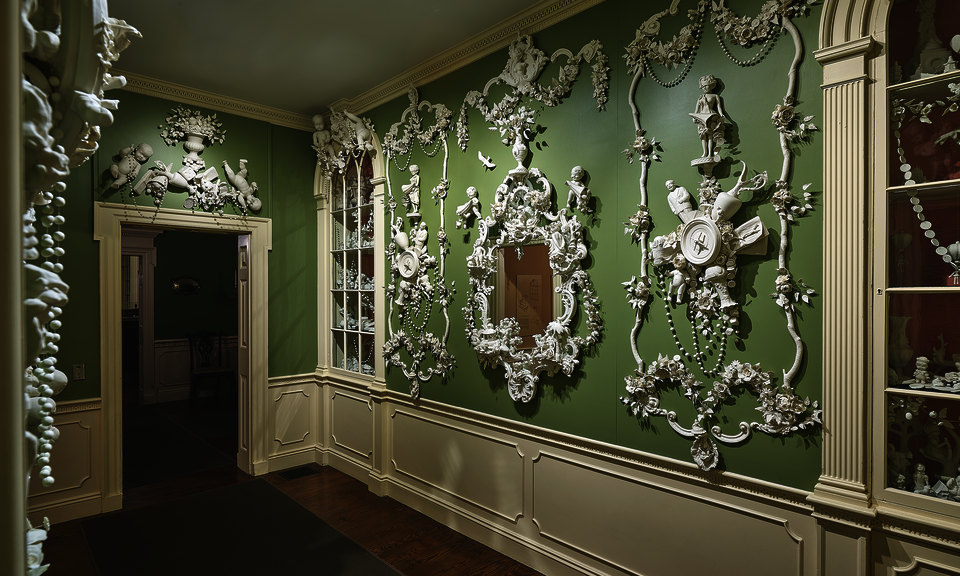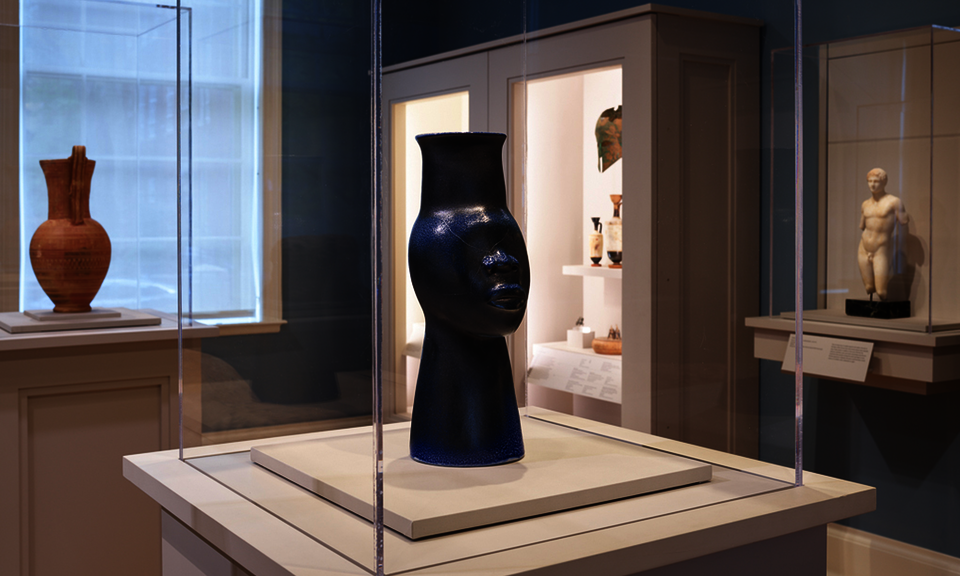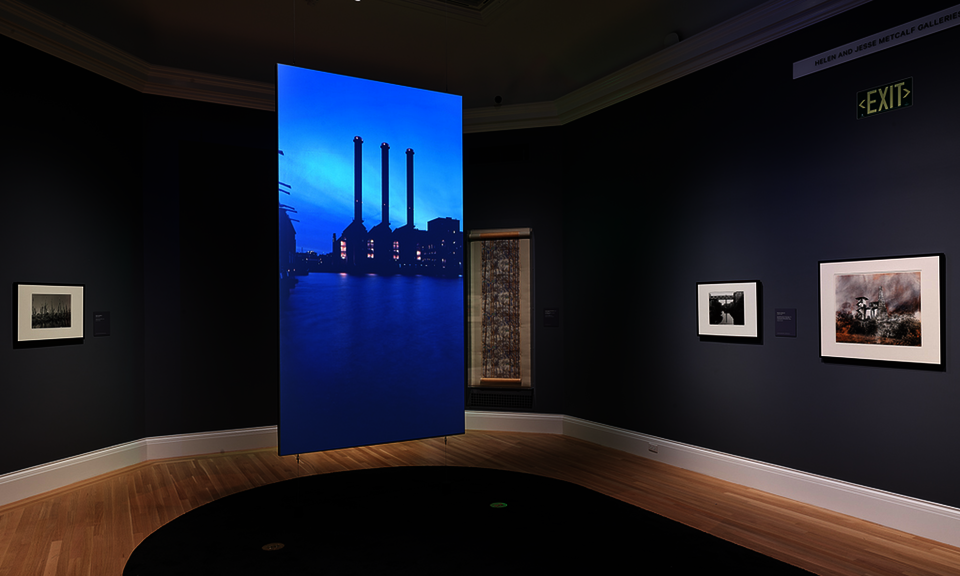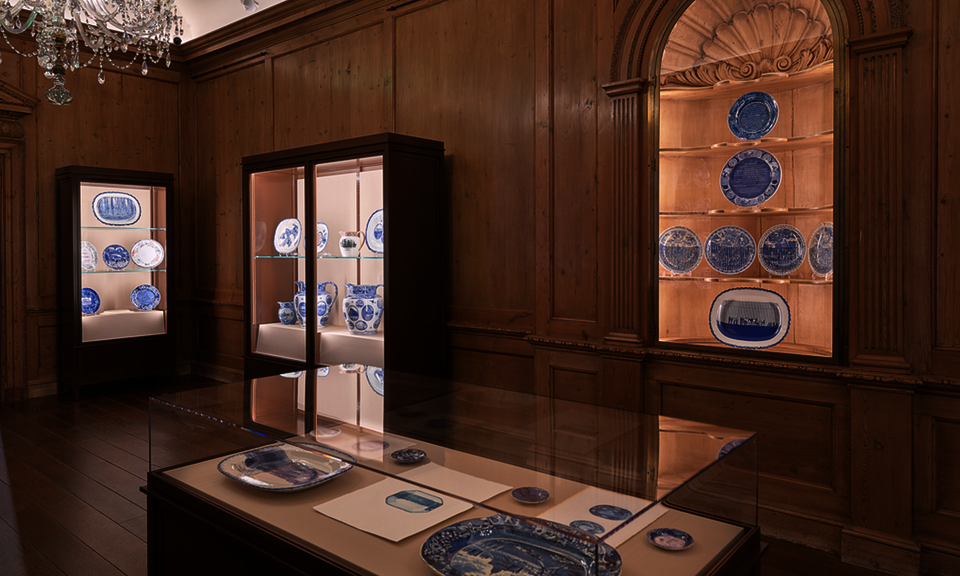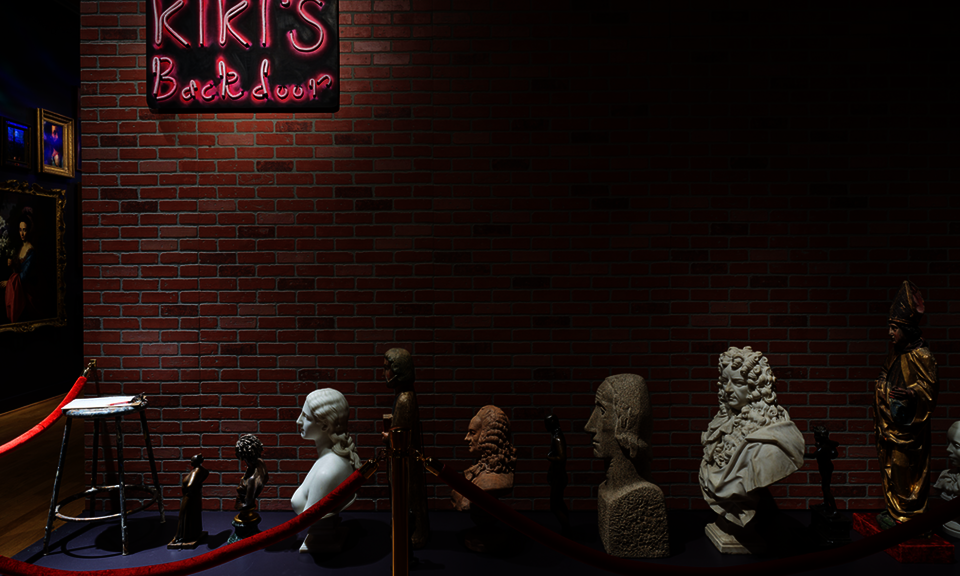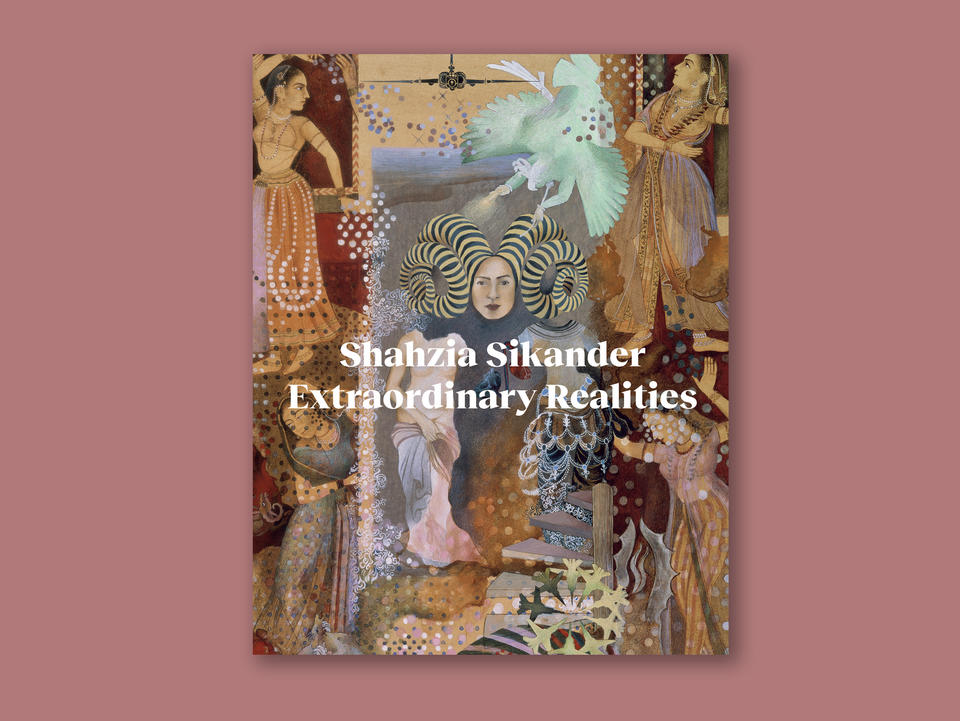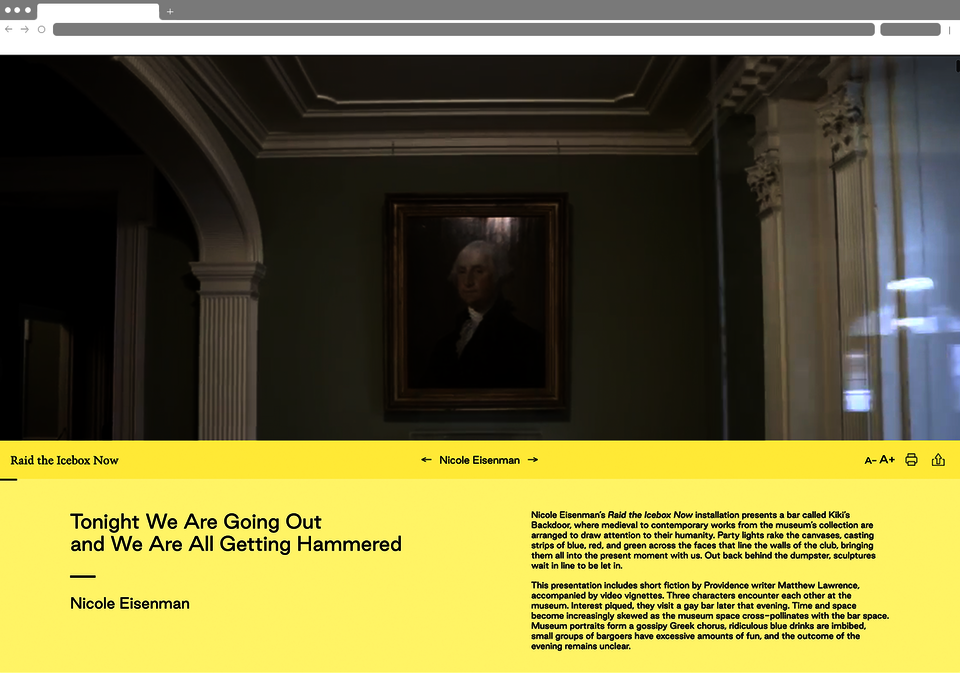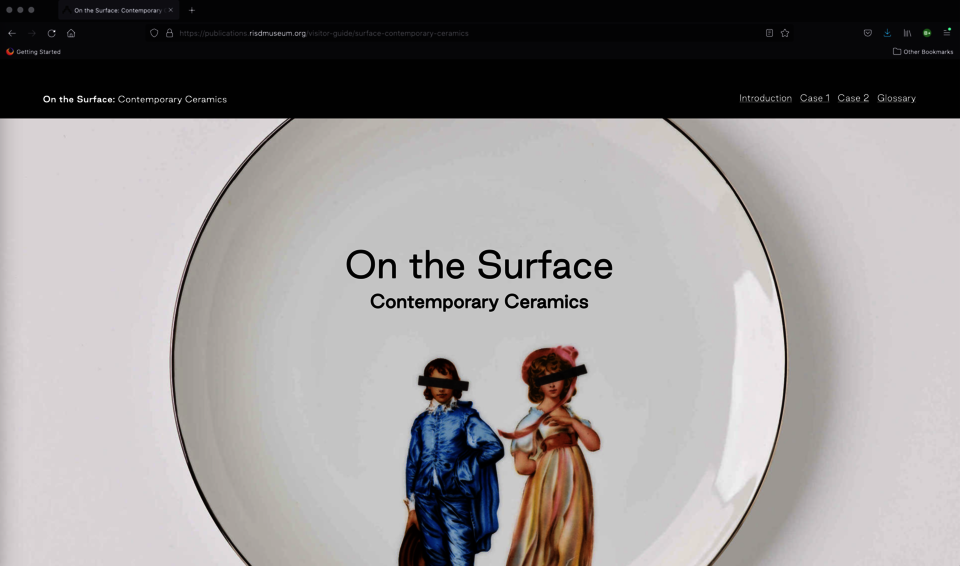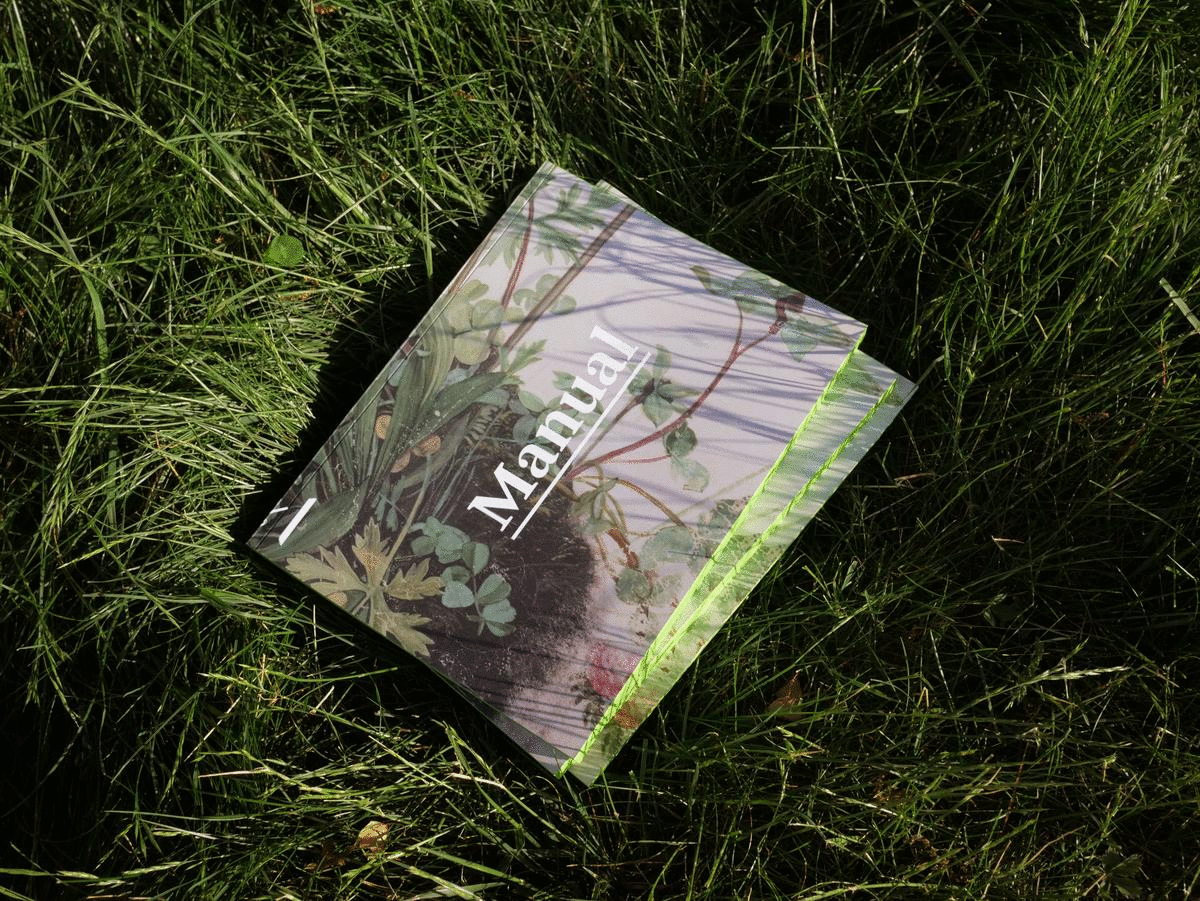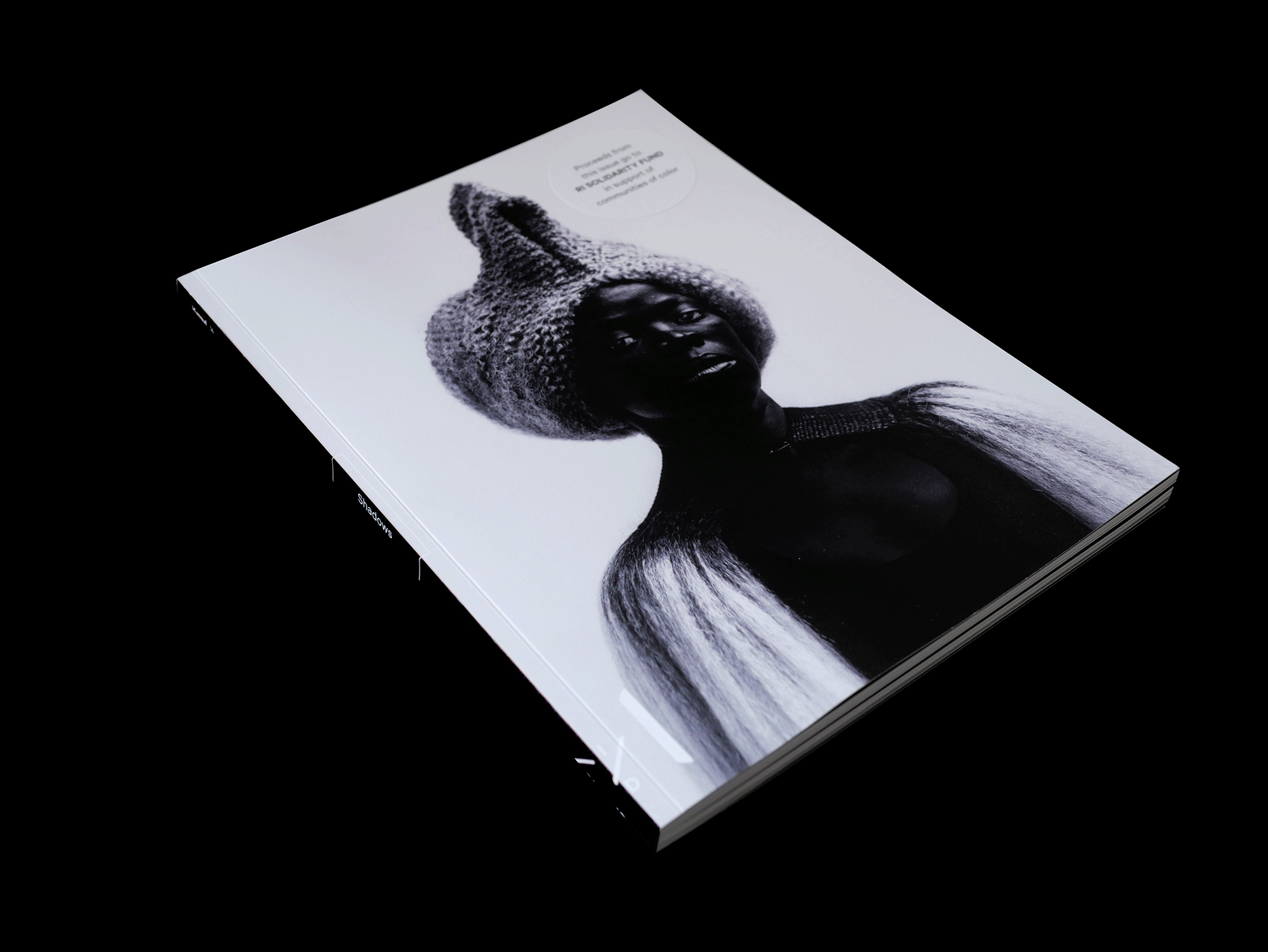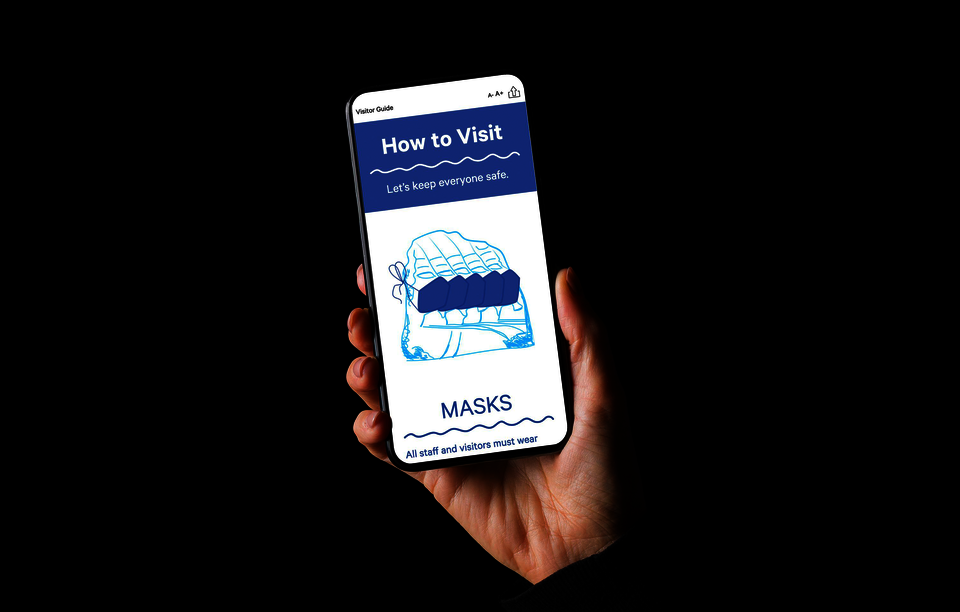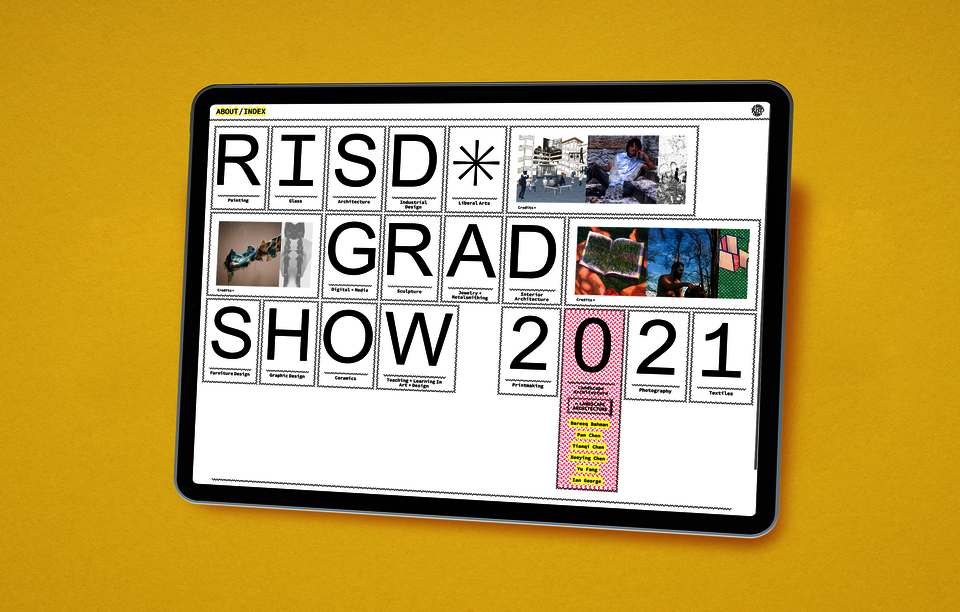Image
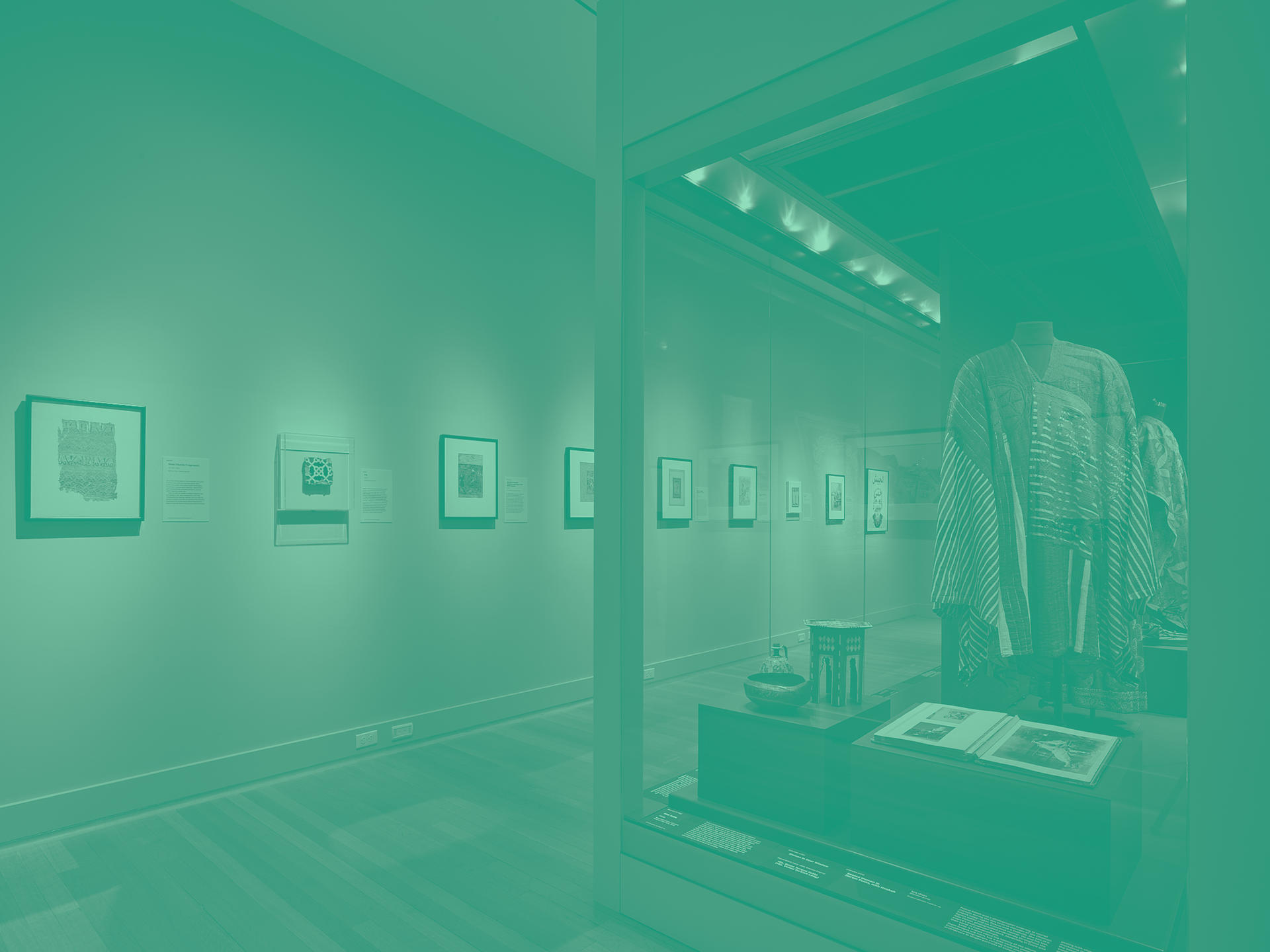
Art
Our collection currently contains more than 100,000 works of art and design dating from ancient times to the present including paintings, sculpture, decorative arts, costume and textiles, and furniture from all over the world. Objects enter the collection via purchases with our acquisition funds, as well as gifts and donations from collectors, artists, and others.
As of June 30, 2021, 2,338 of our collection objects were on view in the museum, 93,807 of them were available online, and there were 538 recent acquisitions. Sharing our collection with the public is central to our mission, and this section outlines all of the work involved in acquiring, documenting, displaying, interpreting, protecting, and storing these objects to make that sharing possible.
New AcquisitionsTOP ↑
For more than a century, the RISD Museum has been actively collecting art from all ages and cultures. This activity is consistent with the shared mission of the museum and the college to promote "the general advancement of public Art Education, by the exhibition of works of Art." In any given year, several hundred objects enter the permanent collection through donation, purchase, and bequest.
As part of the museum's anti-racist work plan, the RISD Museum is committed to spending at least 75% of our acquisitions budget on work by underrepresented makers.* In fiscal year 2021, the museum spent $567,858 on new acquisitions from our endowed acquisitions fund, $500,898 (88%) of which went toward the purchase of work by BIPOC, women, and LGBTQIA2S+ artists and makers.
* The term "underrepresented" is imperfect, but we use it to refer to people who are historically and presently excluded from museums, including but not limited to Black, Indigenous, and People of Color (BIPOC), LGBTQIA2S+ people, people with disabilities, and women.
Image

Selected New Acquisitions
(click images for more information)
Images
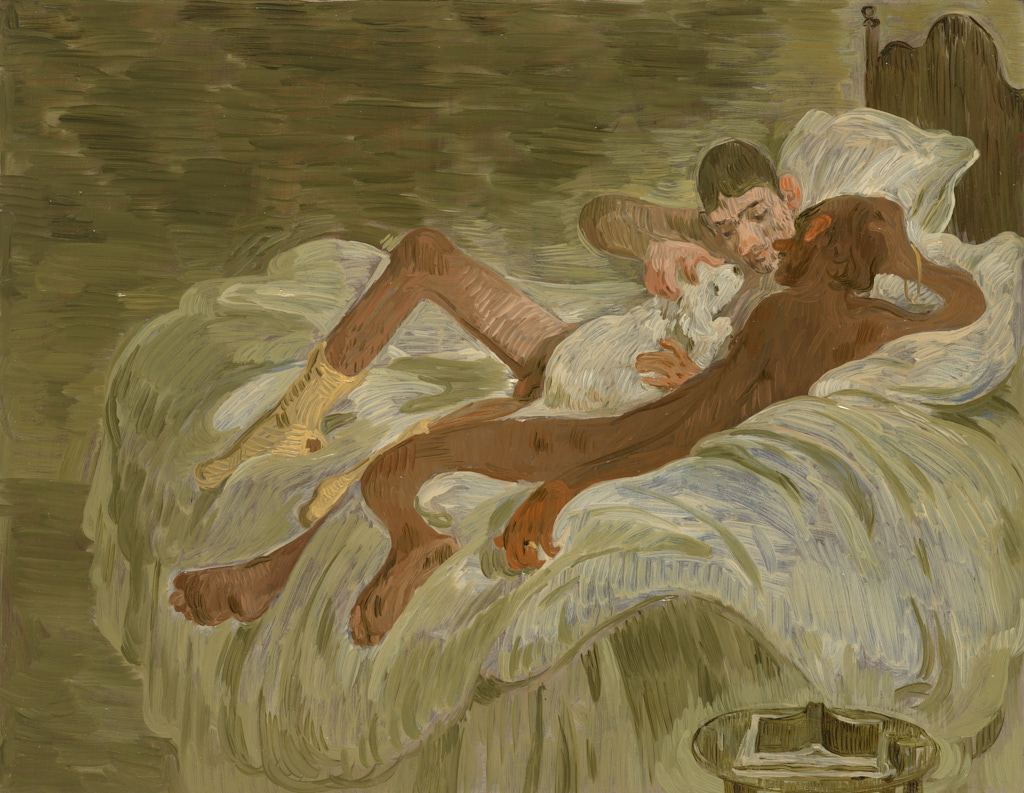
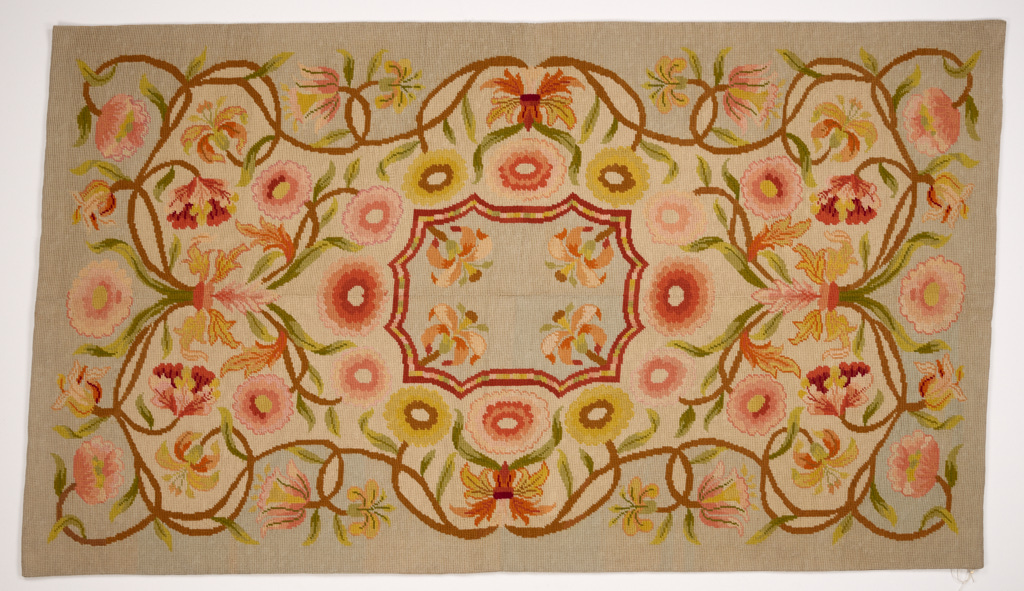
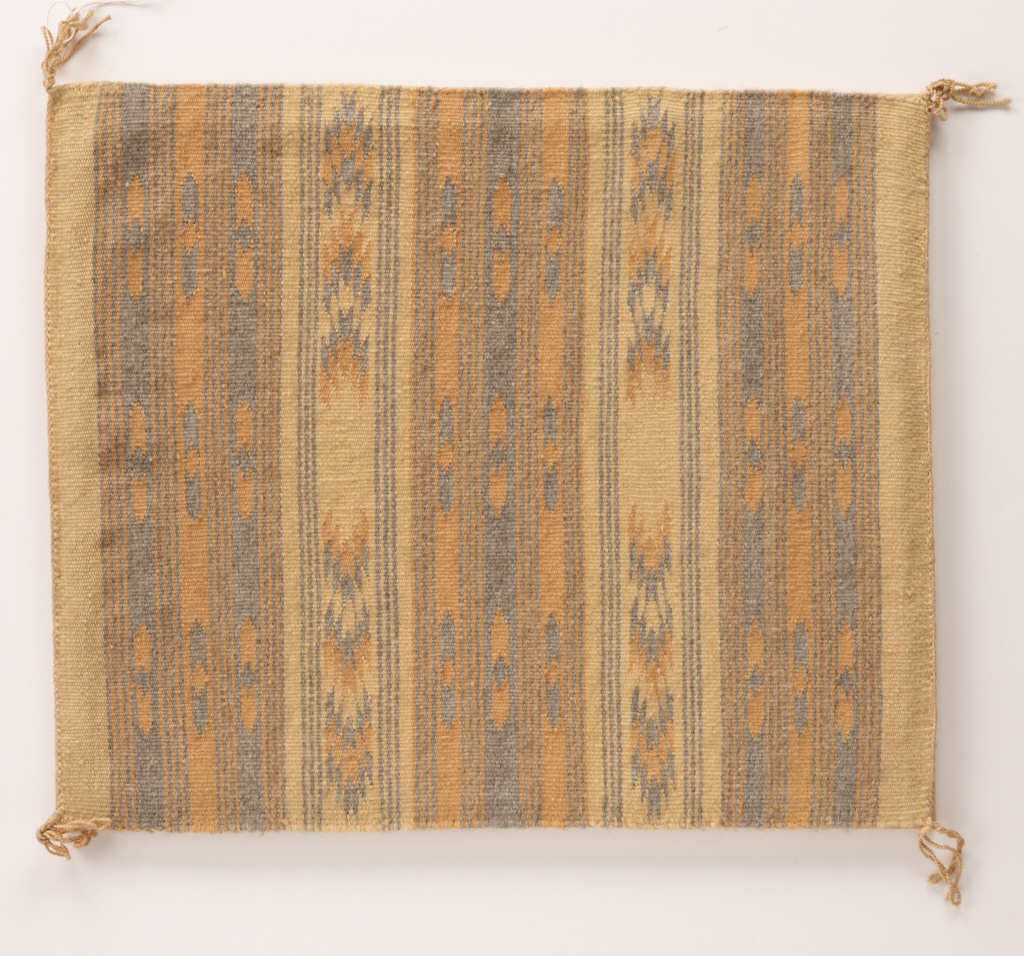
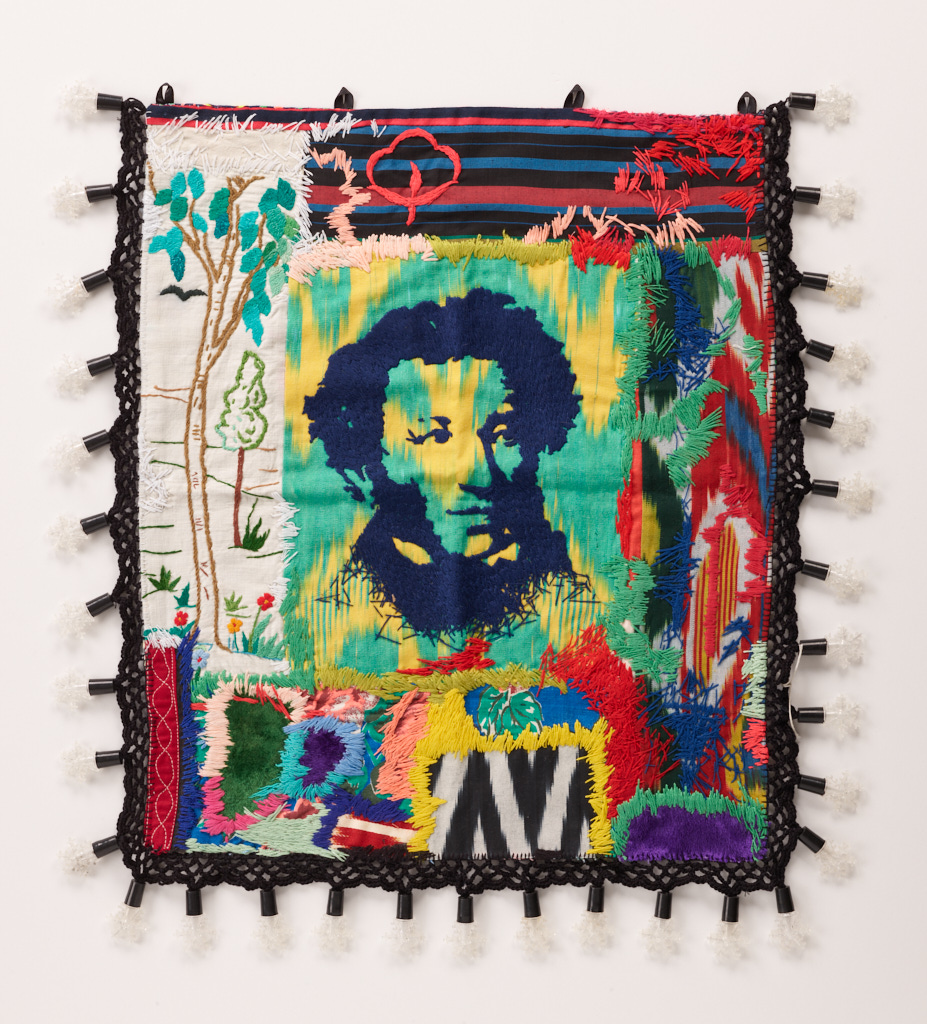
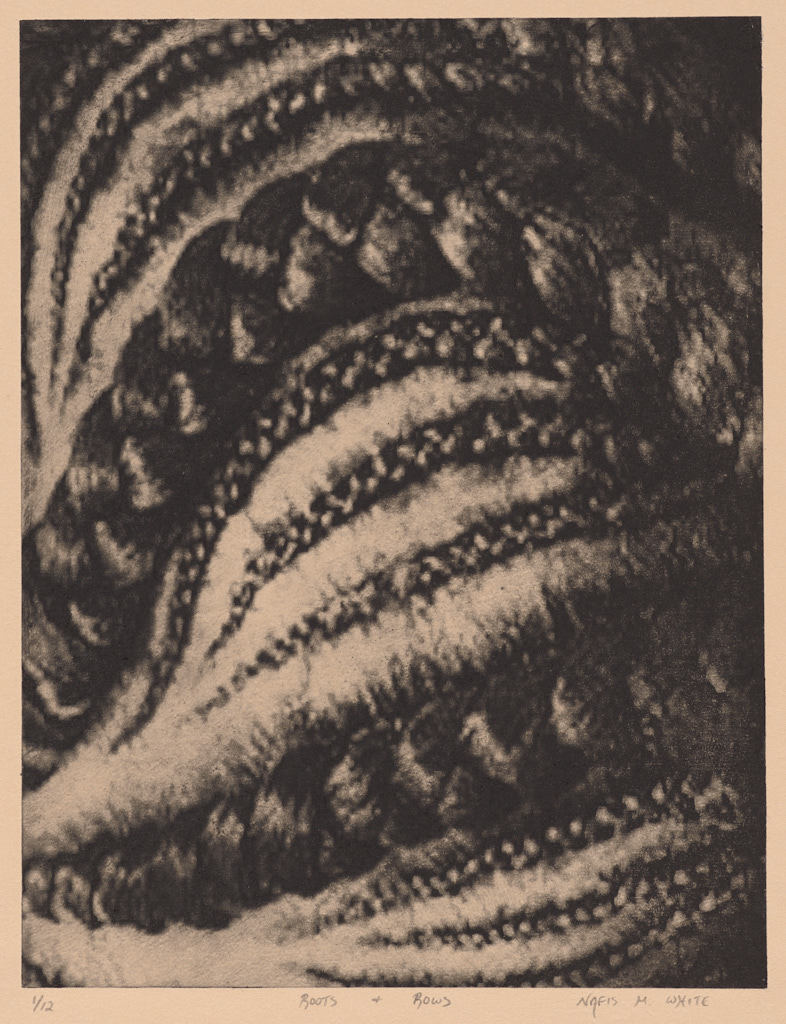
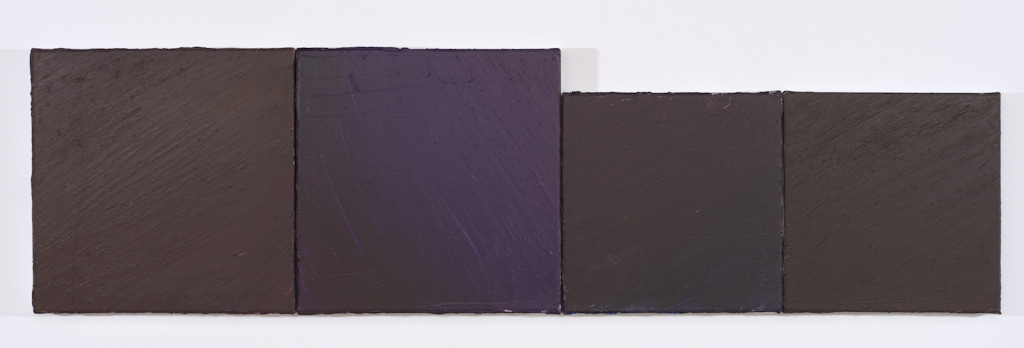
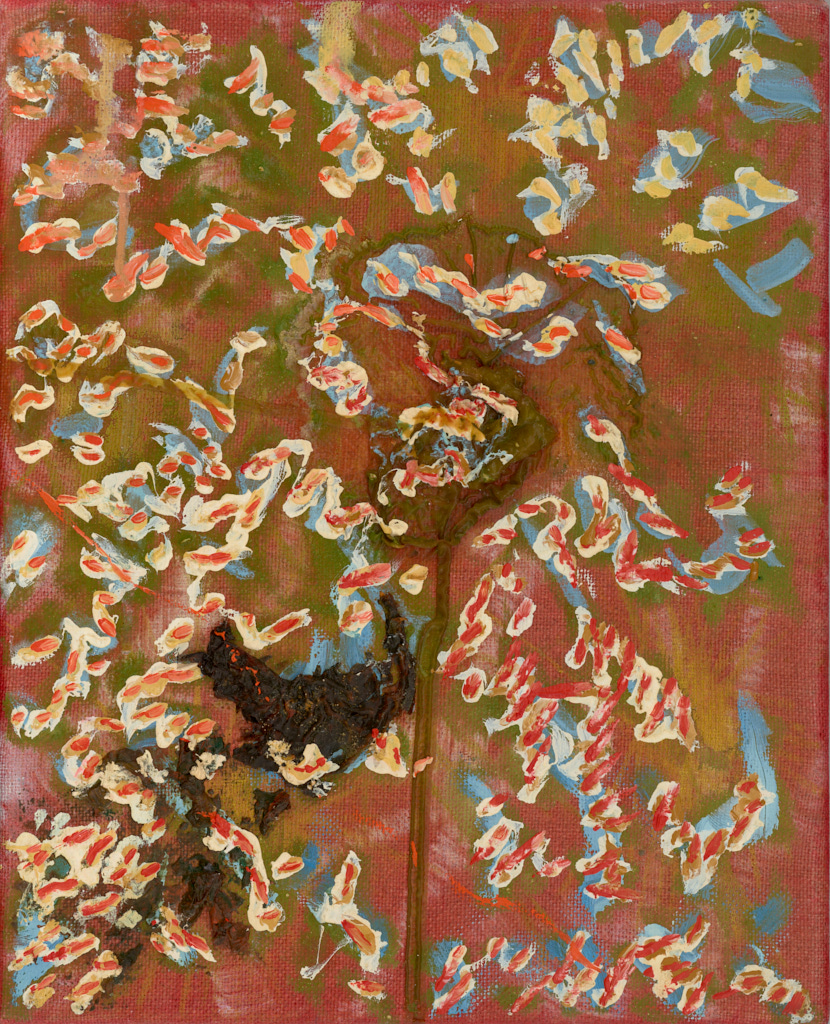
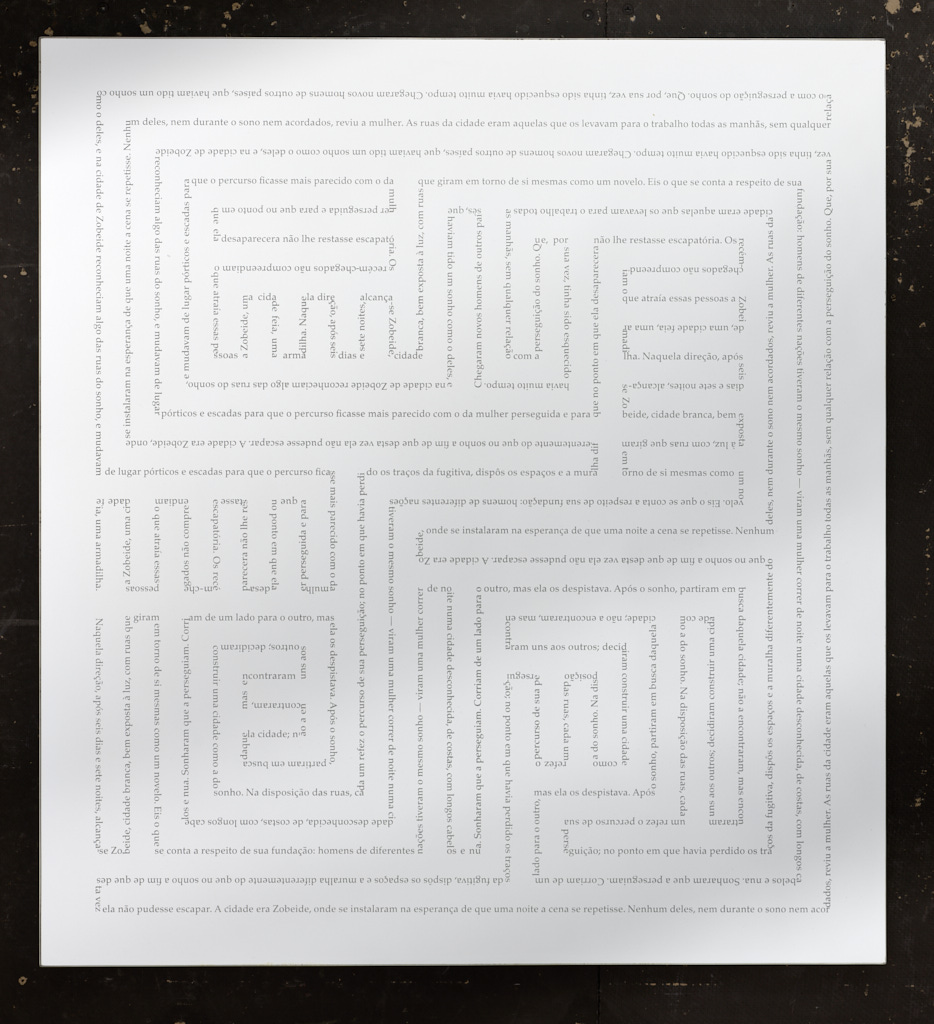

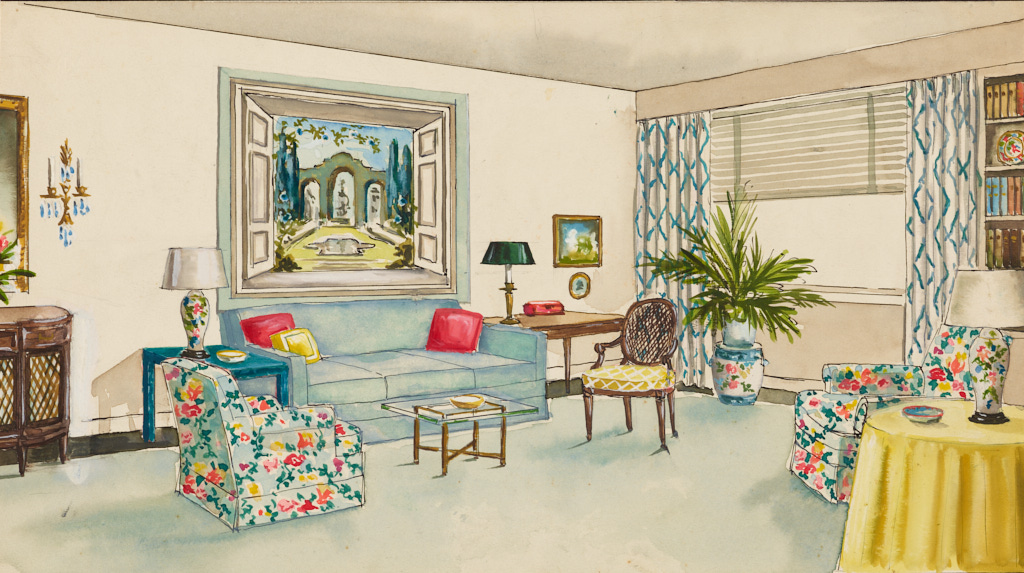
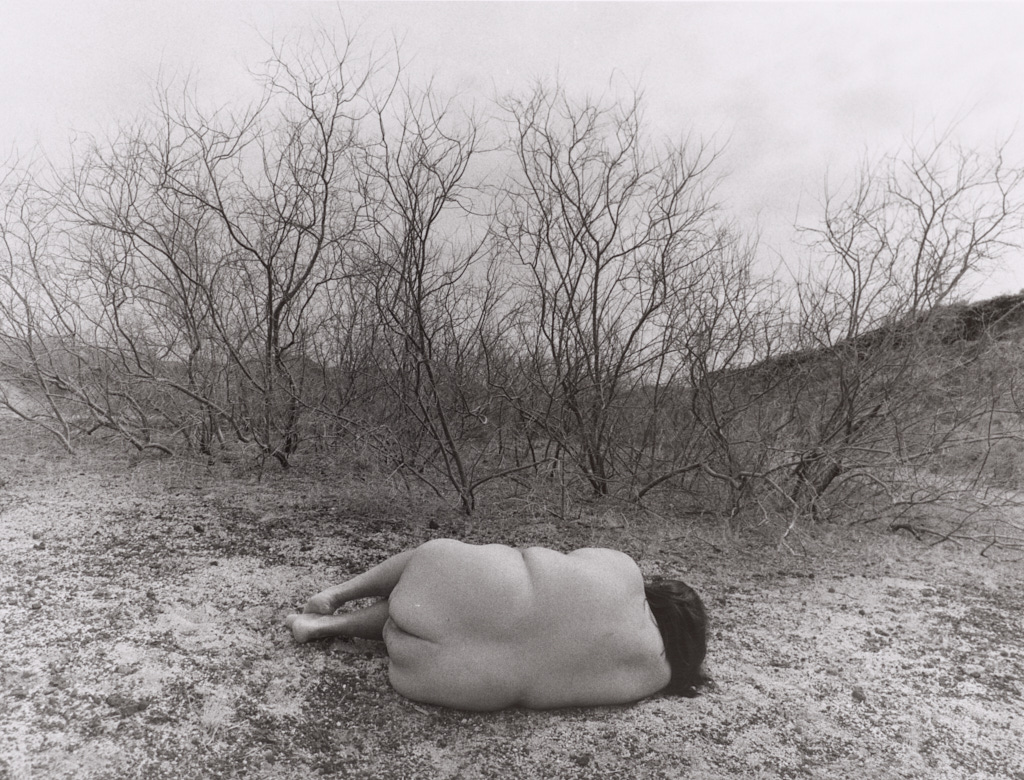
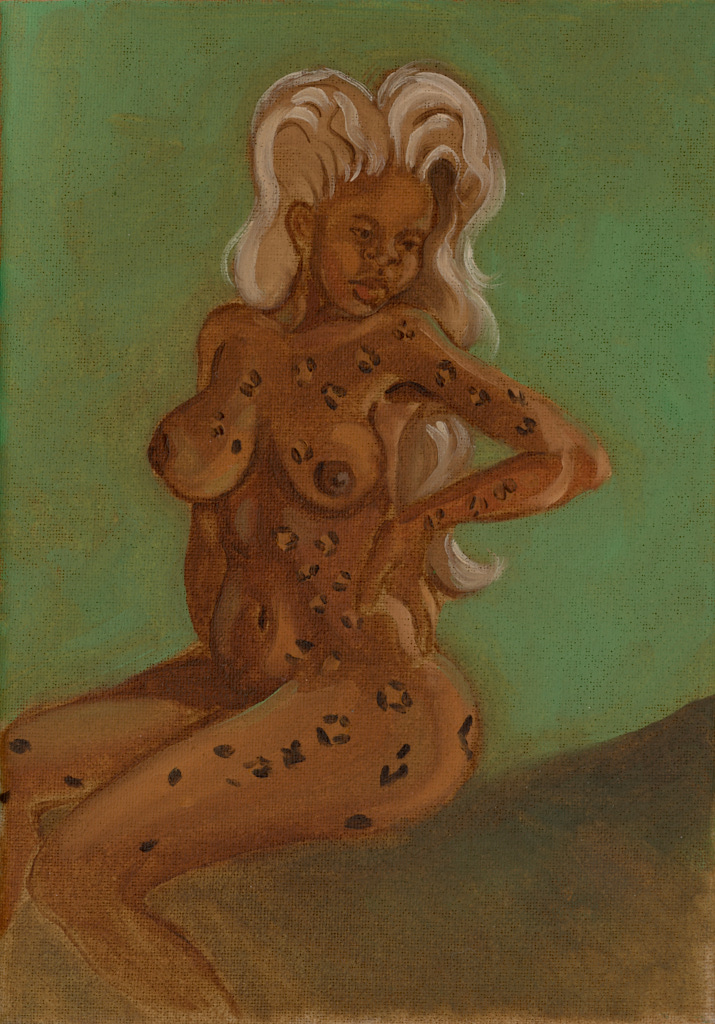
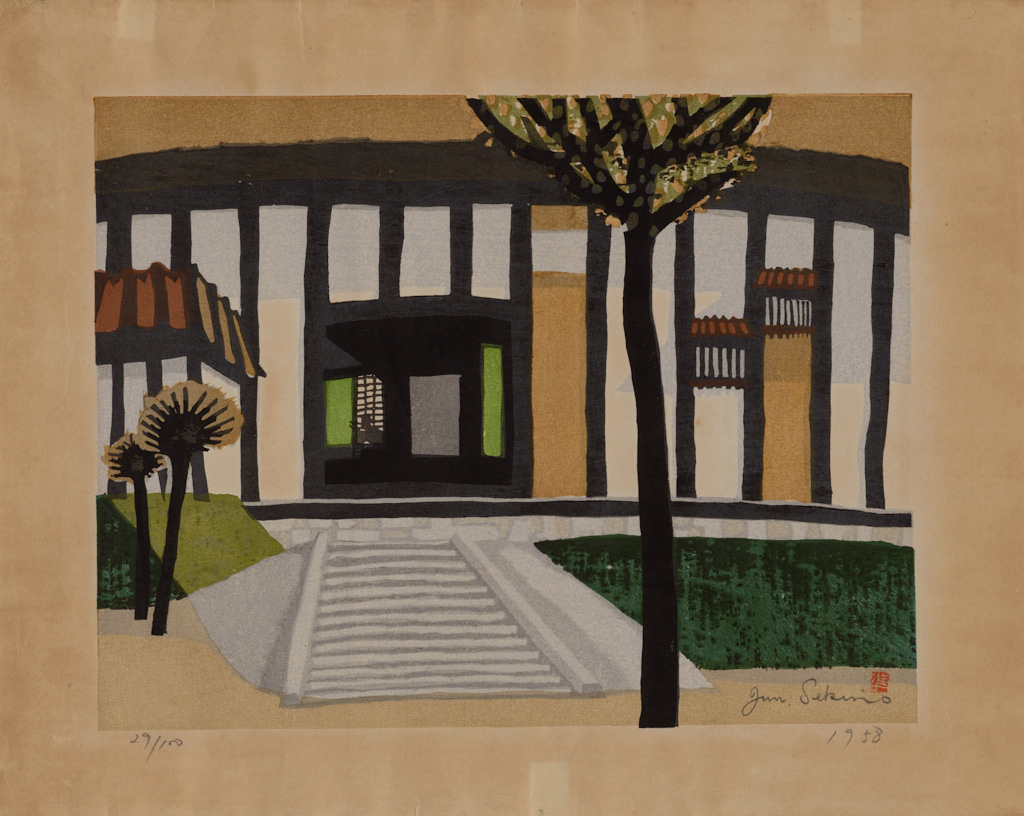
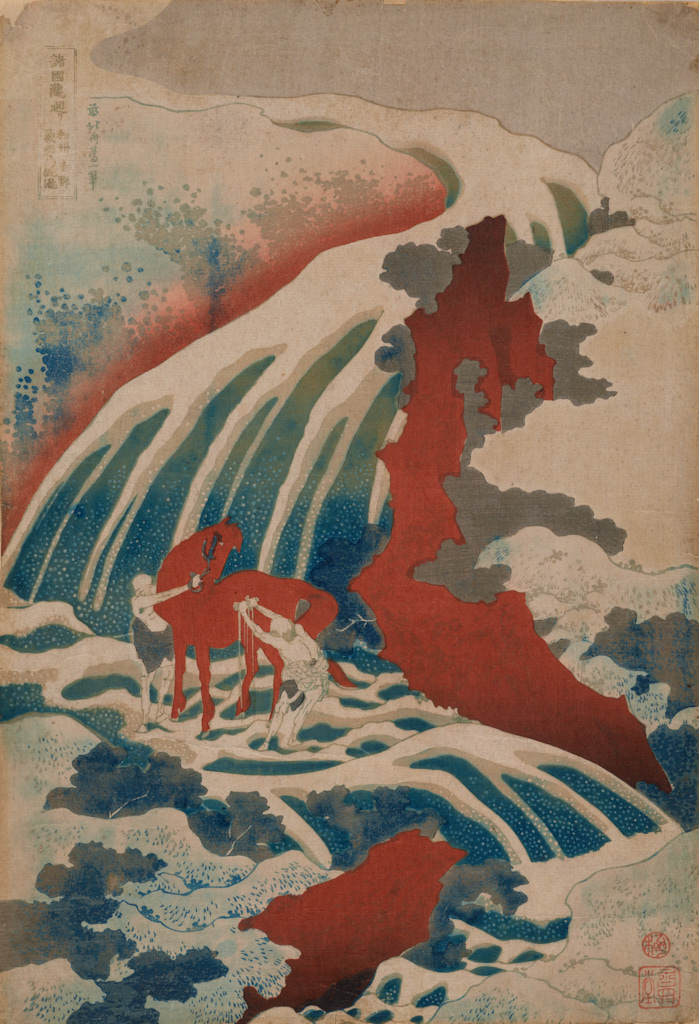
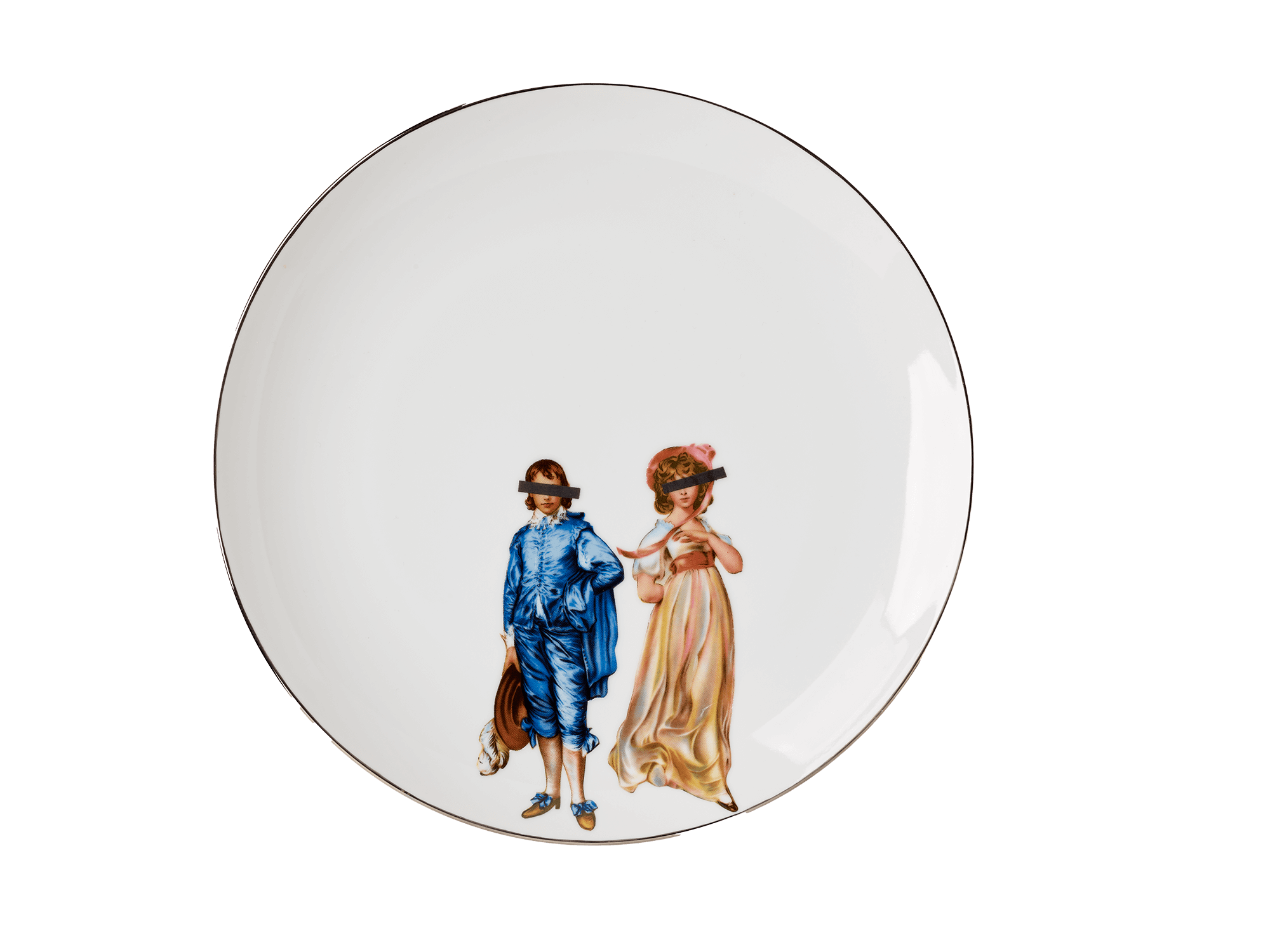
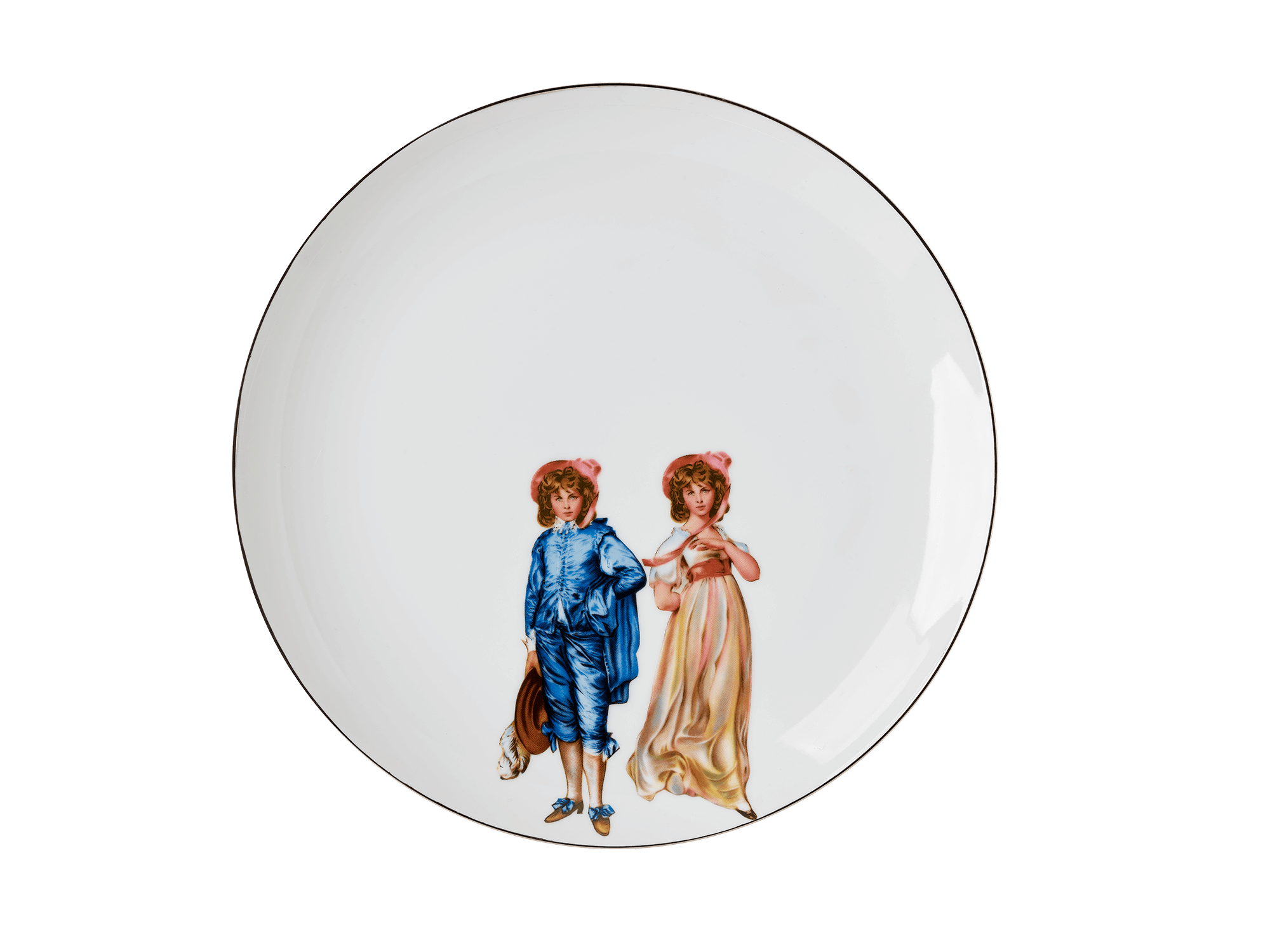
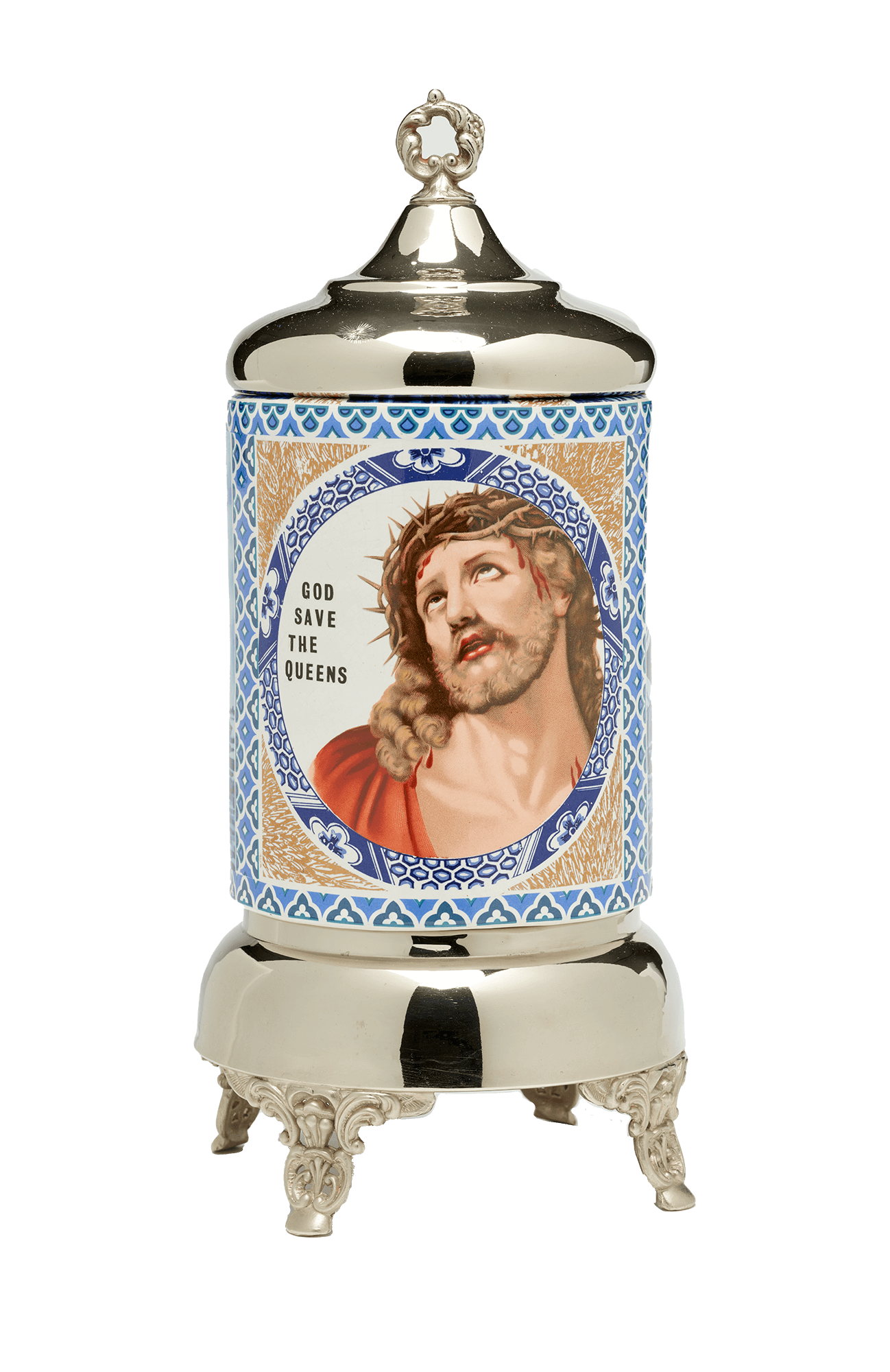
DeaccessioningTOP ↑
Image
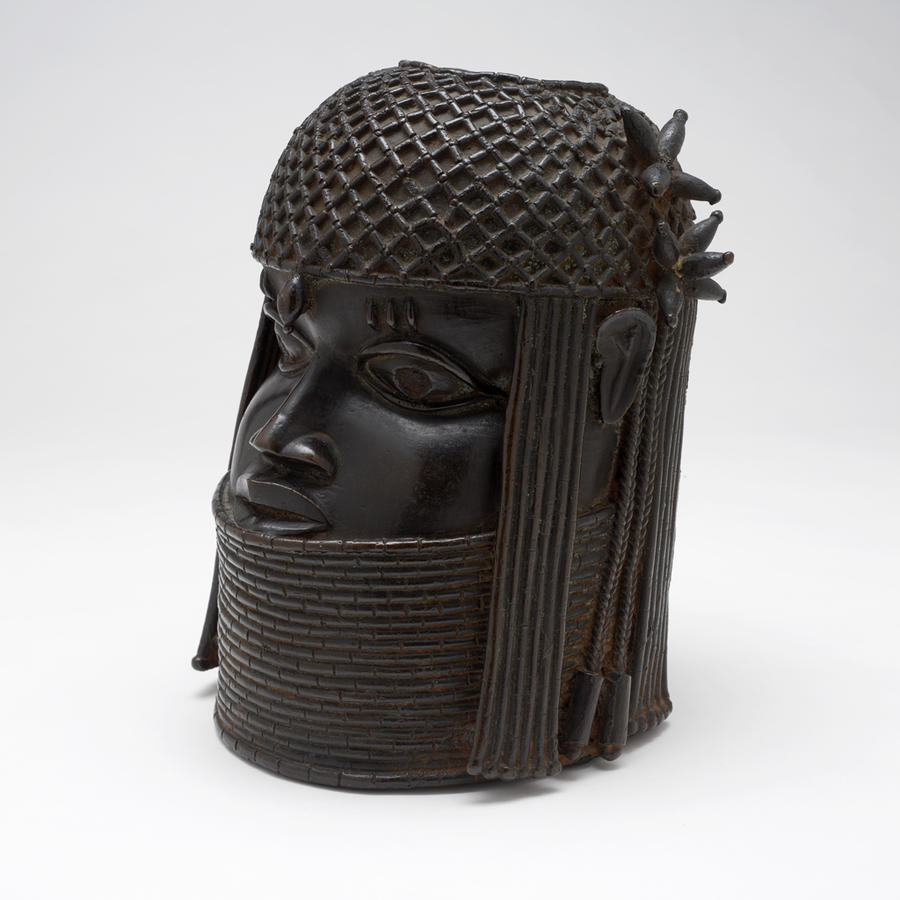
▲ Benin (present-day southern Nigeria), Head of a King (Oba), probably 1700s. Deaccessioned by the Fine Arts Committee and Board of Governors, Fall 2020. Ex Gift of Miss Lucy T. Aldrich D39.054
Some of our work also involves deaccessioning objects, meaning they are removed from our collection after thorough research by curatorial staff and approval by the museum’s Fine Arts Committee and Board of Governors. After deaccessioning, an object can then be given to another institution, sold, or returned to a rightful owner. The RISD Museum is committed to work transparently toward deaccessioning, repatriating, and making restitution for collection objects with problematic histories of ownership.
For instance, in 1897, following unsuccessful attempts at annexation, British forces sacked the Benin kingdom, killing many people and looting works of art and other treasures in a violent campaign. Soon after, museums and individuals throughout Europe and the United States began collecting Benin bronzes, including a bronze head depicting an oba of the Edo people of Benin, that entered the RISD Museum collection in 1939. In recognizing the looted status of the bronze, the RISD Museum deaccessioned the object from our collection in Fall 2020, anticipating its repatriation. Leading up to the deaccession of this work, we initiated communication with the current oba of Benin, Oba Ewuare II, and with the National Commission for Museums and Monuments in Nigeria.
Research of our Native North American collections, led by our Henry Luce Curatorial Fellow, will also be key in determining provenance information as well as any concerns that may arise related to the Native American Graves Protection and Repatriation Act (NAGPRA). The fellow works with the museum’s registrar to address concerns around objects flagged for further research, namely through consultation with the relevant tribe(s) toward possible deaccessioning and repatriation.
Video file
Conservation TOP ↑
Conservation encompasses many activities that ensure the safety and longevity of our collection objects. These efforts are led by our internal conservation staff and also include contributions from contract conservators from outside the museum who have specific expertise about a given object or material. Conservation activities include things like cleaning and polishing, repairs, removal or mitigation of hazardous materials, matting and framing, material identification, photography, stabilization, and addressing proper storage needs. Applying preventive conservation techniques ensures that objects can be shared with the public in a manner that is safe for staff, visitors, and the objects alike.
In just one example of this work, the museum completed an important and long overdue conservation project this year that was made possible by emergency funding from the National Endowment for the Humanities CARES Act grant program, focusing on our internationally renowned Lucy Truman Aldrich collection of Asian costume and textiles. This project, which took advantage of our closure to set up auxiliary conservation and photography space inside the museum, ensured the retention of 11 museum staff positions and included inventorying, assessing, photographing, and rehousing the entire Aldrich collection, which was badly in need of attention and improved storage. The project team completed the inventory and assessment of 914 objects and the photography of 514 objects, as well as rehousing the entire collection for safe storage of these objects going forward.
Collections Access TOP ↑
Video file
Making our collections broadly accessible for object-based study is core to our mission. One major highlight of this effort is a significant 2-year grant we received in 2019 from the Institute of Museum and Library Services. The project made possible by this grant aligns a new collection management system (which stores all of the information about the objects in our collection, like where the object came from, who made it, and what it's made from), a new digital asset management system (which stores images, video and audio files, PDFs, and other design files created for things like our digital publications and advertising campaigns), and our website, in order to update our technology, incorporate open source access, and create dynamic learning opportunities for artists, designers, scholars, and students of all ages.
2,201 Objects Studied
This figure refers to the number of objects in our collection that were brought out of storage for study. When in-person classes are possible, these objects would be brought out by museum staff for display and study in a gallery or one of our study centers. When classes study an object virtually, the object itself can be displayed over Zoom, but students can also view high-resolution images of the objects in order to replicate the close looking experience in a virtual setting.
929 Objects Photographed
The museum creates, manages, and maintains high-resolution direct-capture digital studio photography of collection objects, new acquisitions, and objects loaned to the museum from other institutions. The range of work includes photography of individual collection objects in the photography studio and in the museum galleries; exhibitions installation photography; and collection conservation, condition, and treatment photography.
93,807 Objects on our Website
As part of our open access policy, we also provide information about our collections objects on the museum's website for free. This includes everything from dimensions and materials to how an object came into the collection. Our Creative Commons Universal dedication means that digital images of any objects in the public domain are also available for any purpose. New digital products for which the RISD Museum is not the sole rights holder—for example a photograph of a copyrighted artwork—are made available for fair use as defined in the U.S. Copyright Act of 1976 (17 U.S.C, section 107). We want our collection, scholarship, and interpretive content to be accessed, distributed, and reused by everyone.
2 Short Term Loans
14 Long Term Loans
The RISD Museum regularly loans objects from our collection to other museums and institutions. These may be short-term loans (for a special, time-limited exhibition, for example) or long-term (e.g., for a gallery reinstallation that may last several years). Lending objects from our collection for display in other places supports our mission to share important works of art and design with the public, and it also helps to raise awareness of the museum and the collection.
Image
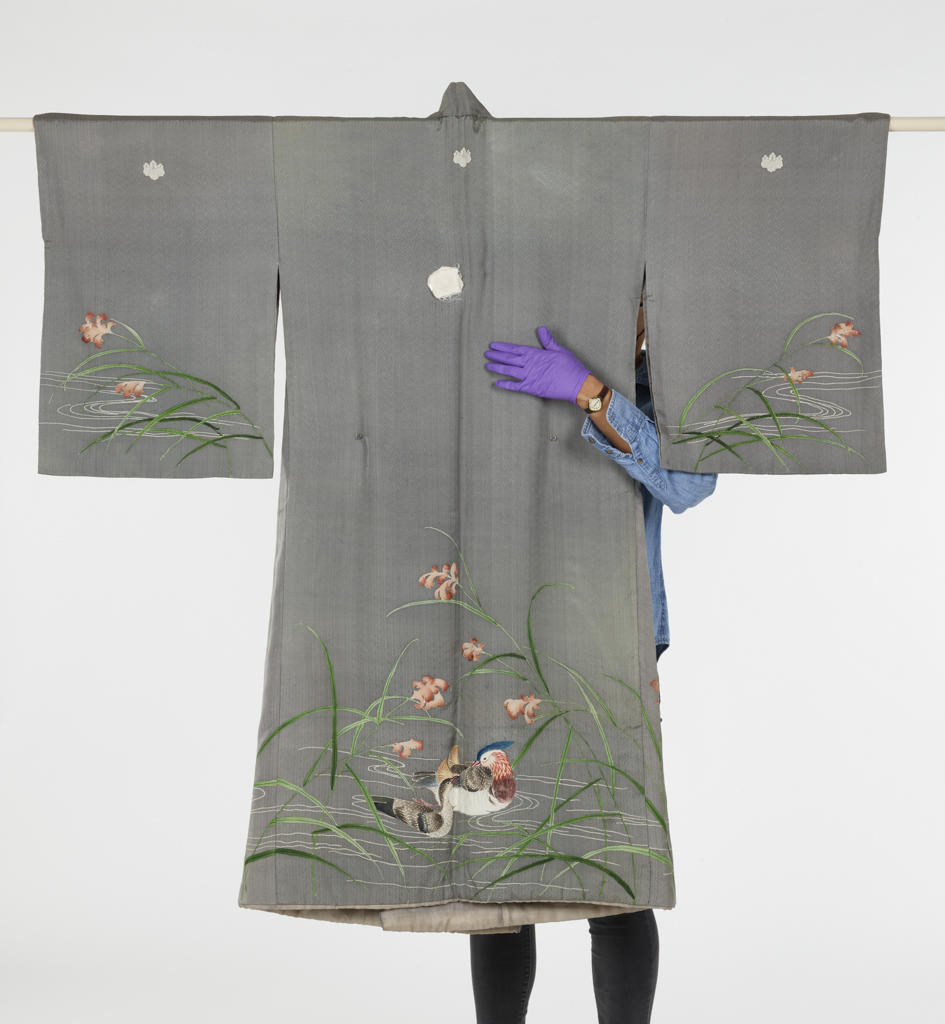
Image
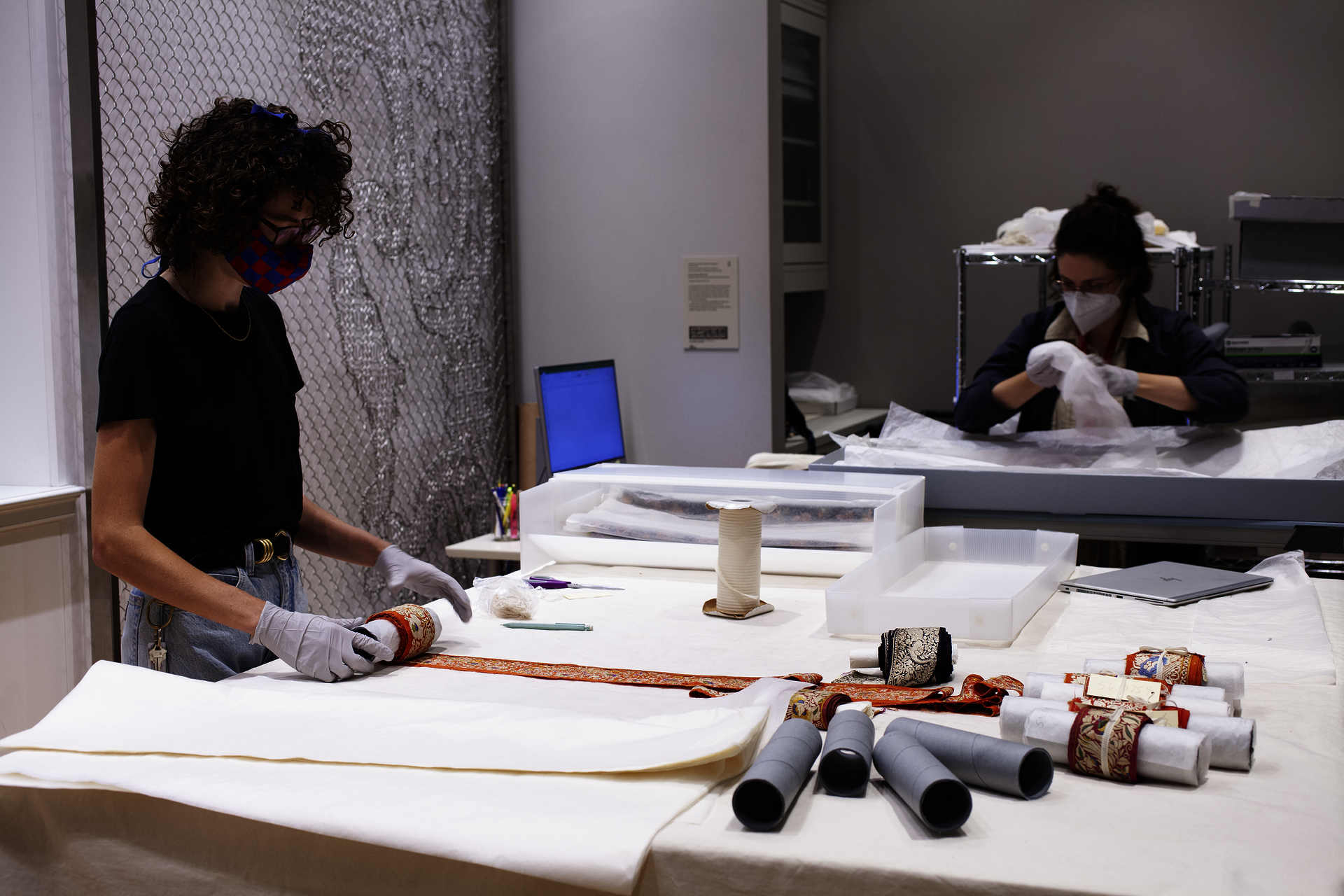
Exhibitions TOP ↑
In a typical year, the RISD Museum presents anywhere from 12 to 14 special exhibitions and installations, which utilize the full collection and are shaped by insights from curators, educators, artists, students, and neighbors. These projects often include associated publications, symposia, programs, and/or other virtual and in-person events. This year saw fewer exhibitions than usual due to COVID-19, however several exhibitions were extended so the public would be able to visit them once we opened our doors again in June 2021. We also invested in the digital presence of our exhibitions so more people could access their content even if they could not be viewed in person.
Exhibitions at RISD Museum 2020/2021
Exhibitions Touring 2020/2021
Gorham Silver: Designing Brilliance Cincinnati Art Museum ↗
Shahzia Sikander: Extraordinary Realities The Morgan Library & Museum ↗
Publications & Special Projects TOP ↑
The museum has a long history of publishing books that accompany our exhibitions and special projects and explore our collections. These publications have traditionally been issued in print, but after releasing its first digital publication in 2017, the museum went on to work in partnership with Oomph, Inc., to develop an open-source digital publication platform we call Ziggurat. Completed in 2019, Ziggurat utilizes a flexible system of layouts, typography, and content that allows for both visual elements, animation, and interactive details, as well as more traditional approaches to publishing in the form of text-rich pieces. The platform has greatly enhanced the museum's existing publication efforts, expanding our offerings from printed books and catalogs to include dynamic digital spaces.
The availability of Ziggurat as a publication platform has proven crucial not just for long-planned projects, but for the unanticipated adjustments we had to make in the face of the pandemic. As a result, this past year the museum published several projects in both print and digital formats that not only complemented our exhibitions and programs at the museum but also supported other efforts across the RISD campus that were affected by COVID.
Image
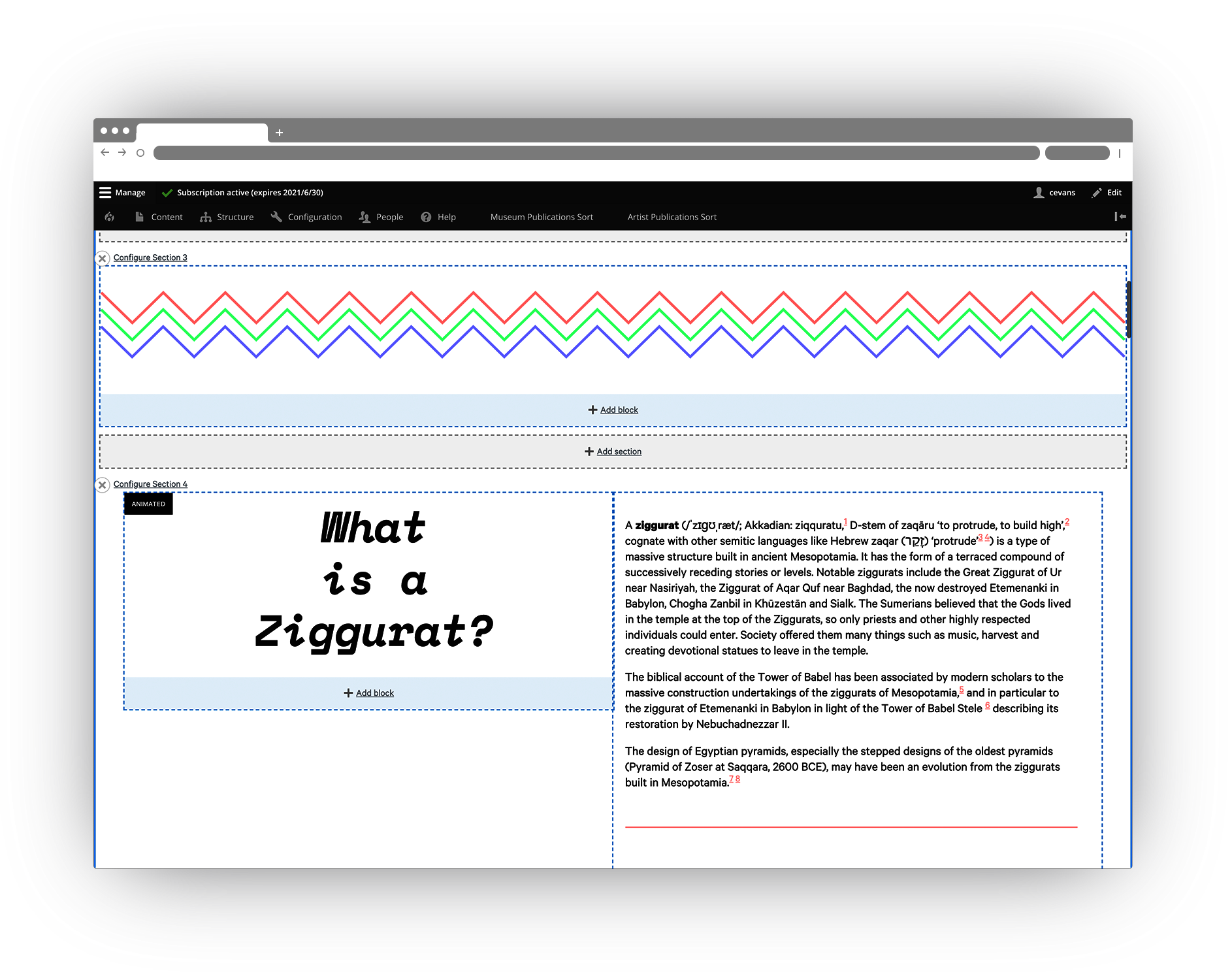
Exhibition Publications
In fiscal year 2021, the museum released three exhibition publications. Raid the Icebox Now, a dynamic exhibition and publication celebrating the 50th anniversary of Raid the Icebox I with Andy Warhol, was completed in fall 2020. Artists Pablo Bronstein, Nicole Eisenman, Pablo Helguera, Beth Katleman, Simone Leigh, Sebastian Ruth, Paul Scott, and Triple Canopy created new bodies of work that use the museum as a site for critical creative production and presentation through an exhibition and publication. Developed in response to each of the artists and their projects, the publication features new writings and multimedia works. It was honored with a 2021 Curatorial Award for Excellence by the Association of Art Museum Curators.
In the digital publication On the Surface: Contemporary Ceramics, curator Emily Banas discusses seven different techniques for decorating ceramics—slip, sgraffito, unadorned, decals, texture, glaze, and painting—and the approaches the artists in the exhibition have taken to each.
The museum also published a softcover book complementing the exhibition Shahzia Sikander: Extraordinary Realities, which tracks the first 15 years in the prolific career of Shahzia Sikander (RISD MFA 1995, Painting and Printmaking), reclaiming her pioneering role in reviving Indo-Persian manuscript painting traditions as contemporary practice in Pakistan and tracing her early years in the US as she created work that explores gender and sexuality, cultural identity, racial narratives, and colonial and postcolonial histories. Edited by Sadia Abbas and Jan Howard, the RISD Museum's Houghton P. Metcalf Jr. Curator of Prints, Drawings, and Photographs, the book was copublished by Hirmer Publishers and the RISD Museum.
Journal
Manual: a journal about art and its making, the museum's twice-yearly journal, uses our collections, exhibitions, and collaborations as an impetus for essays and interviews, artist interventions, and archive highlights. A fusion of academic arts journal and design magazine, Manual is a resource for conversations about art, design, and the impact of creative making by artists and designers, curators, educators, and scholars.
Published this fiscal year were Manual 14: Shadows and Manual 15: Green. For the first time, we used Ziggurat to create digital previews of Manual and to feature related new content, like the museum’s first episode of the Manual Podcast. We also offers users free access to back issues.
Special Projects
Because RISD was unable to welcome the general public for in-person visits, the annual RISD Grad Show was published in Ziggurat as a virtual exhibition. RISD Grad Show 2021 highlights the creativity of students at all stages of the thesis process, from sketches and drafts to completed works. The show was presented both as in-person exhibitions at the RISD Museum’s Chace Gallery and the WaterFire Arts Center, which were open to current RISD students, faculty, and staff, and to the general public as a digital publication that showcased work by RISD grad students across 18 advanced-degree programs.
To minimize both touch surfaces and paper waste, the museum also used Ziggurat to publish our first digital visitor guide to welcome the public back into our galleries in June 2021. The guide provides safety information as well as information about what's on view, a map of the museum, and a link to our visitor survey so visitors can provide feedback about their experiences in the galleries.
